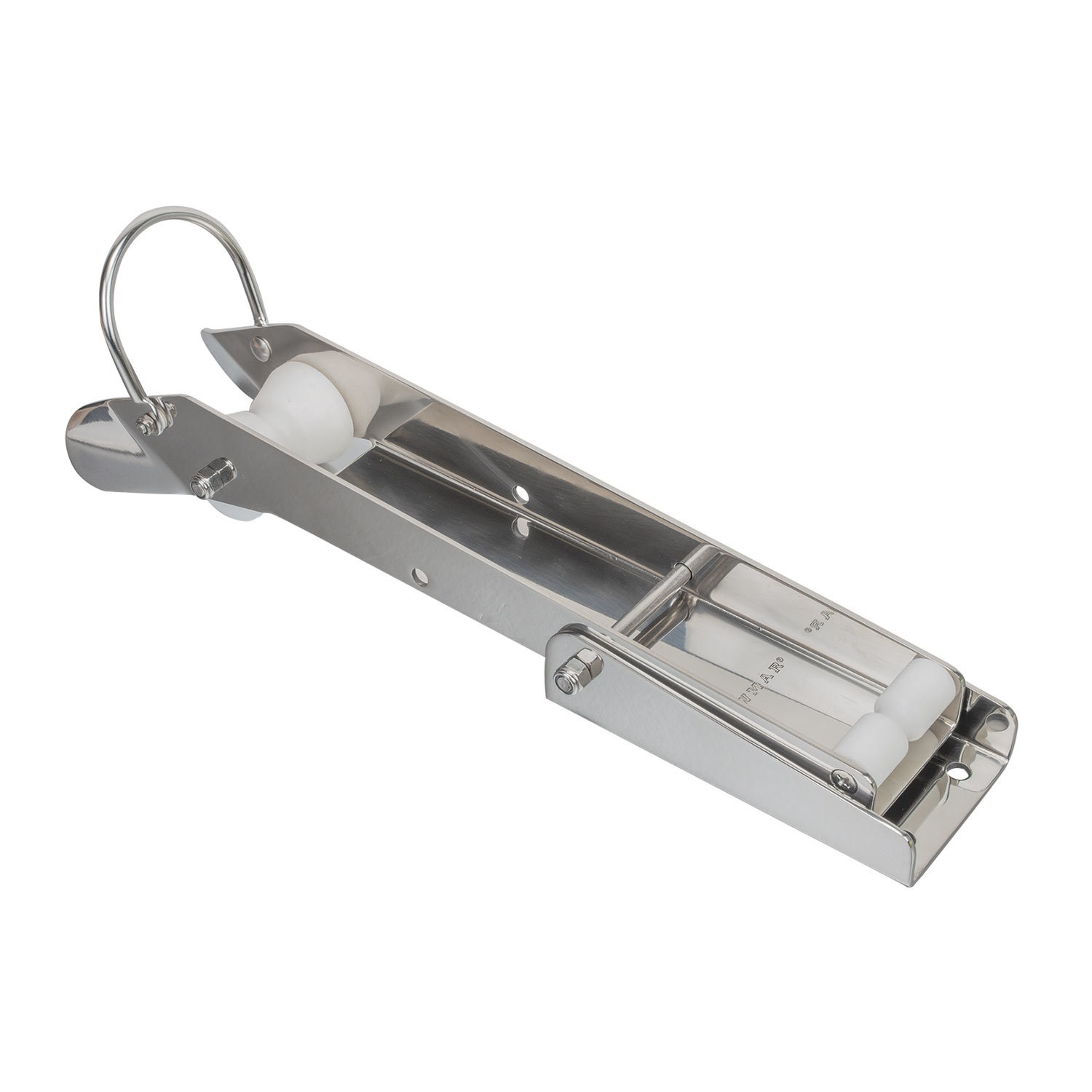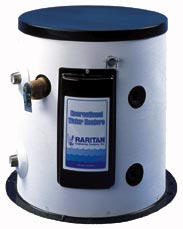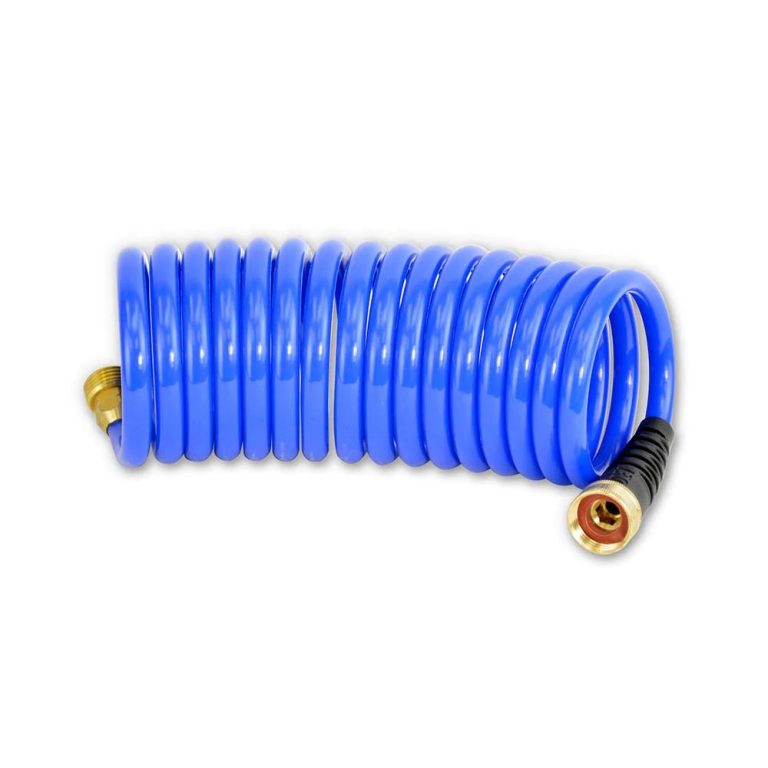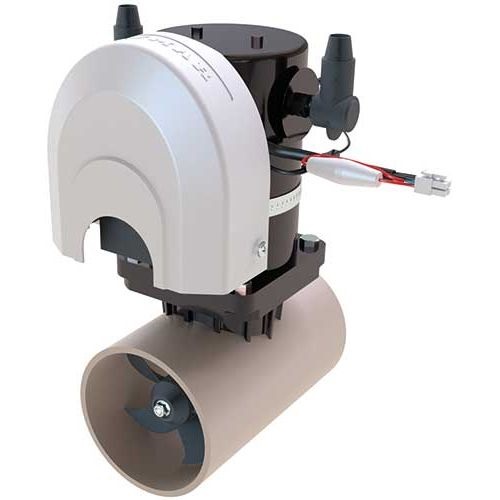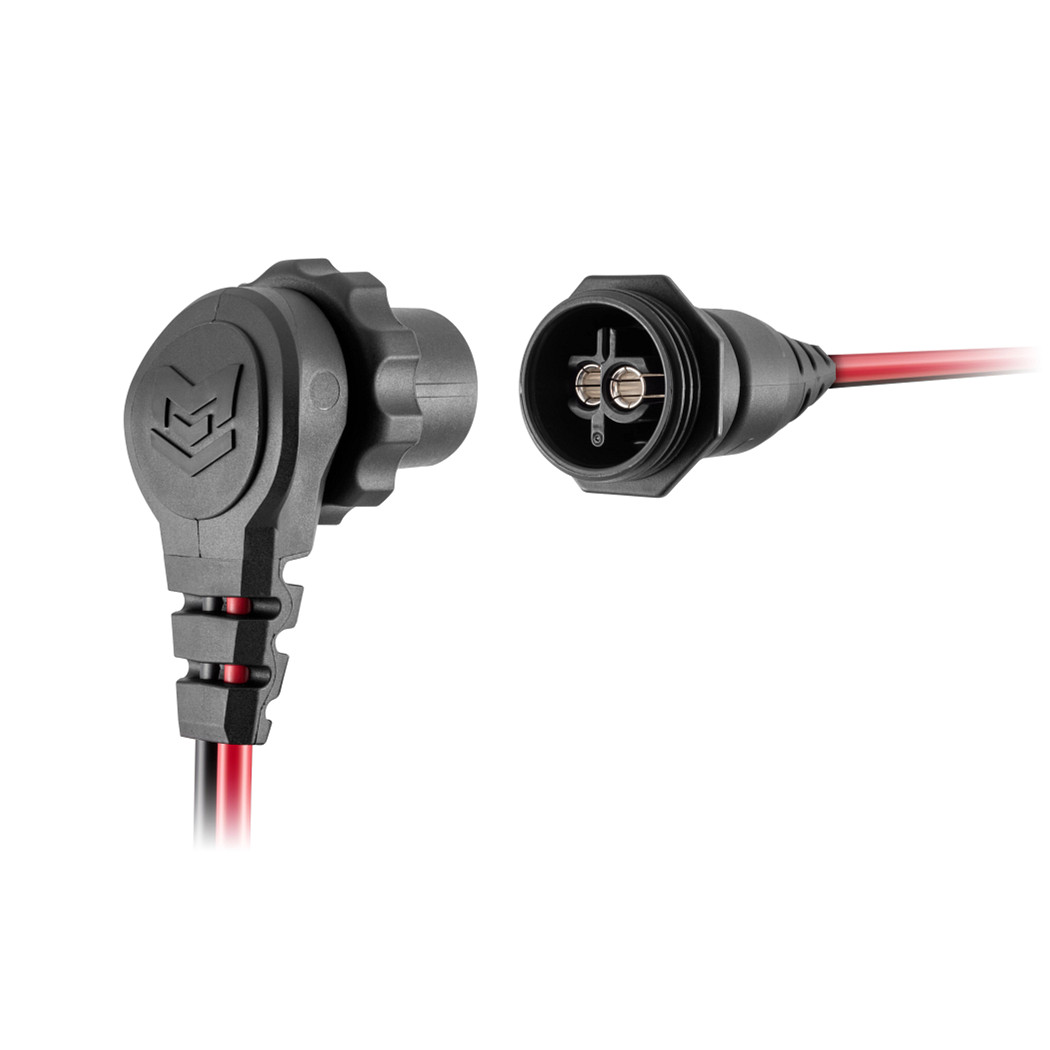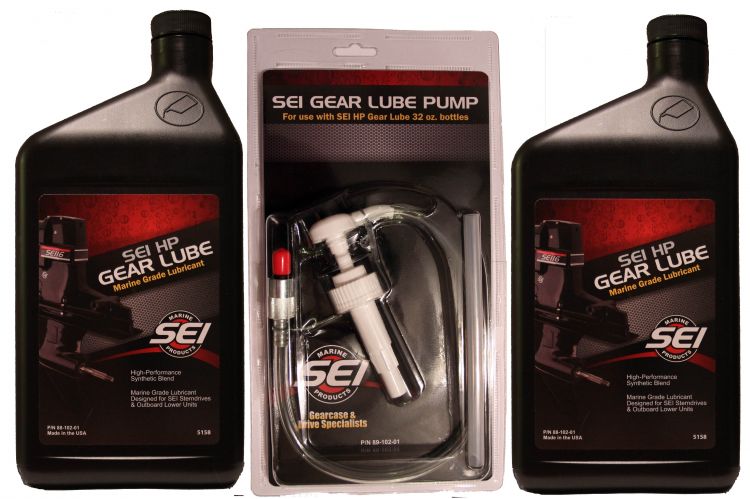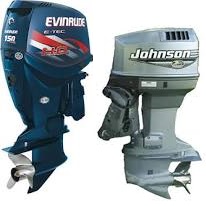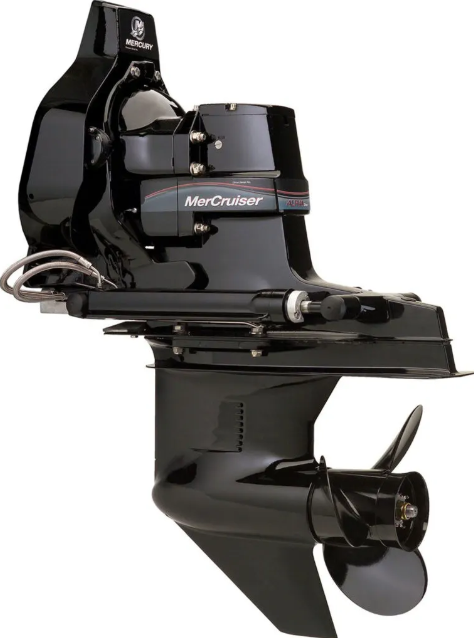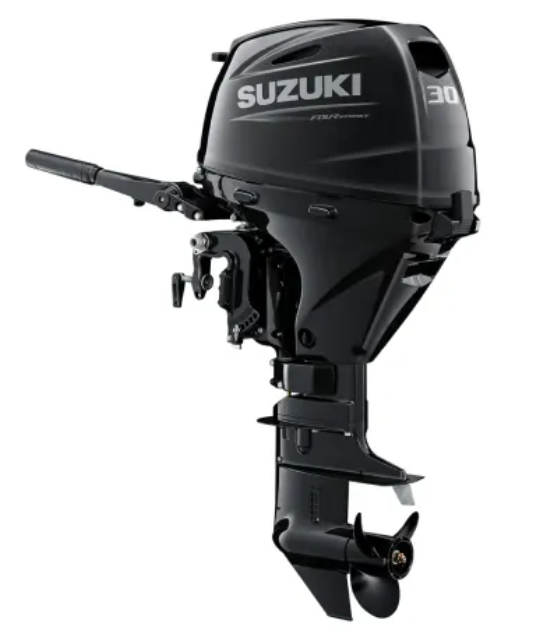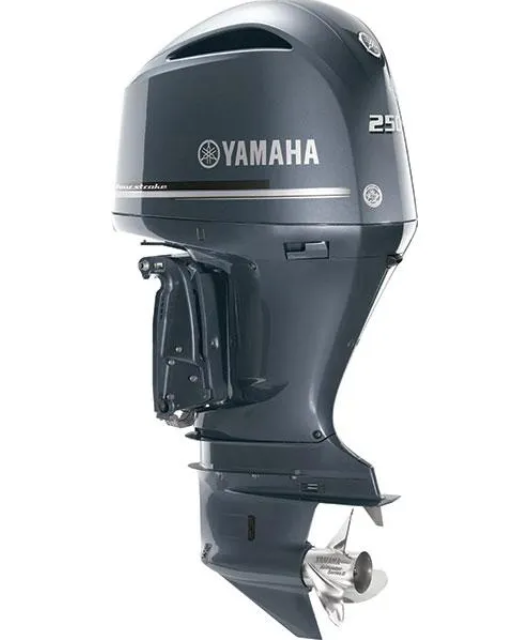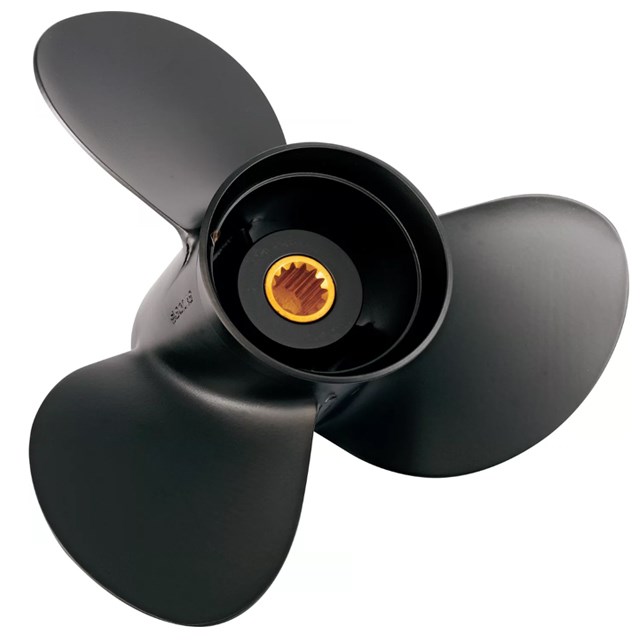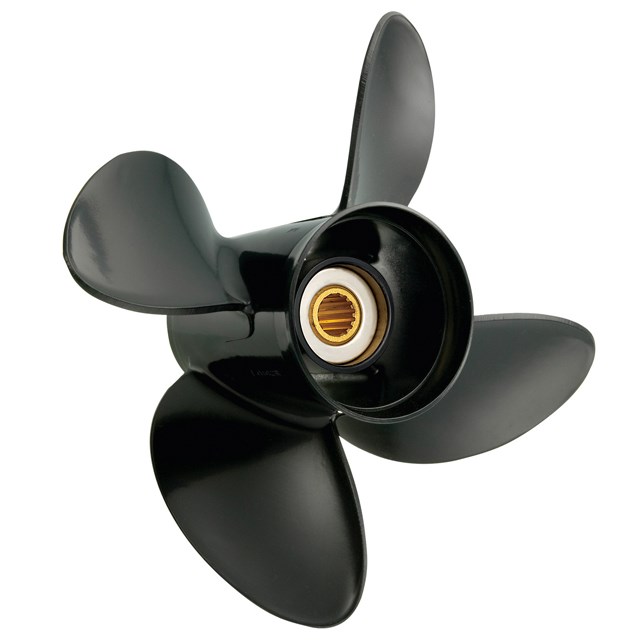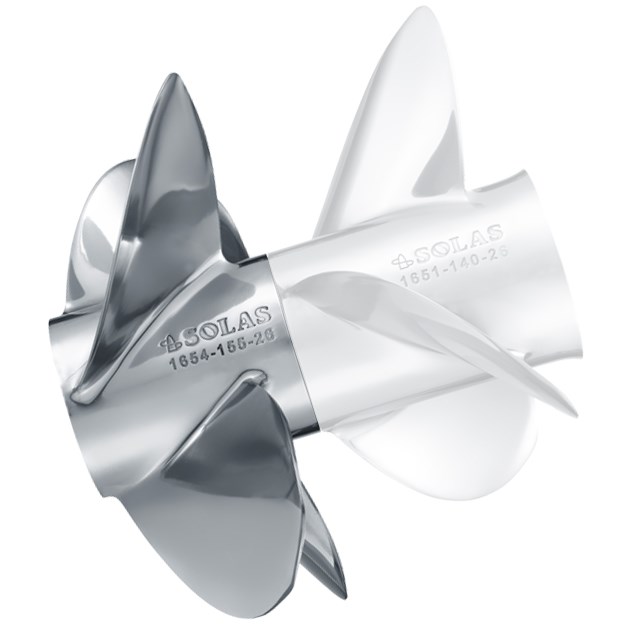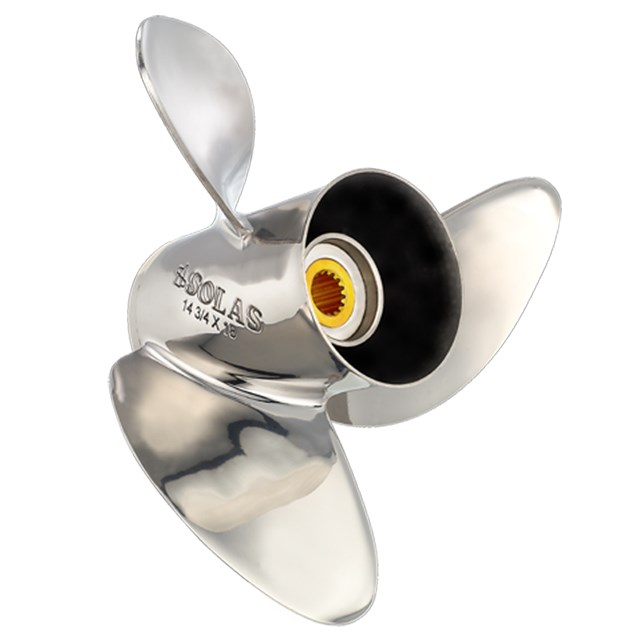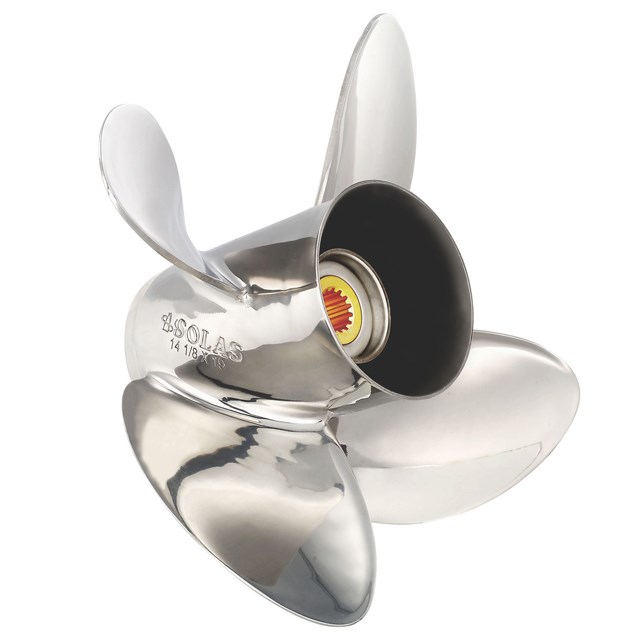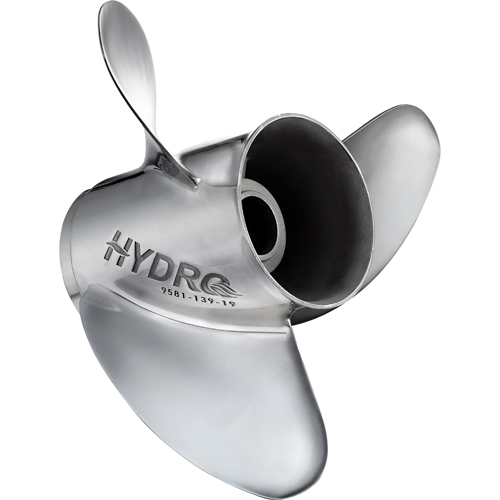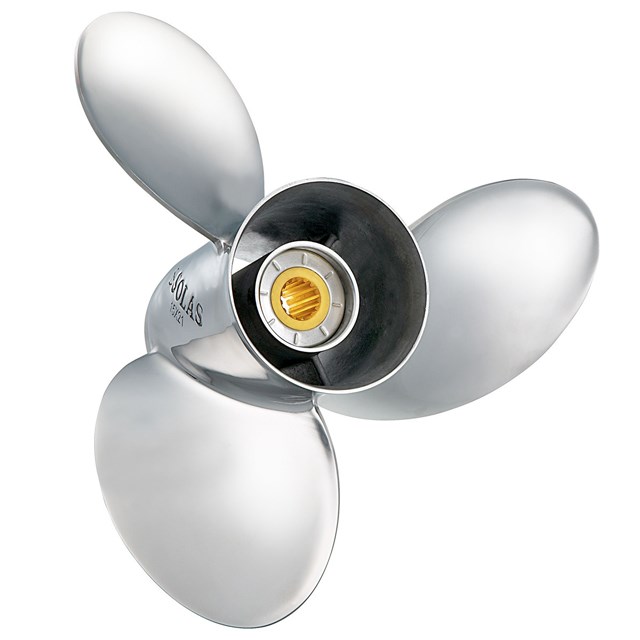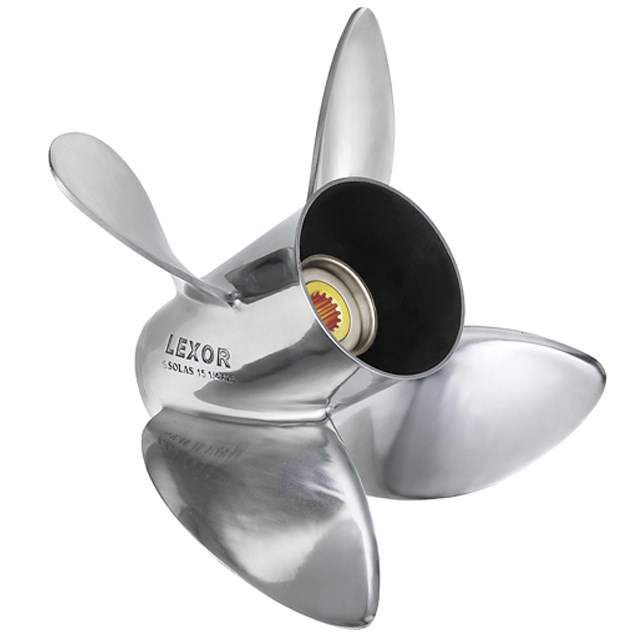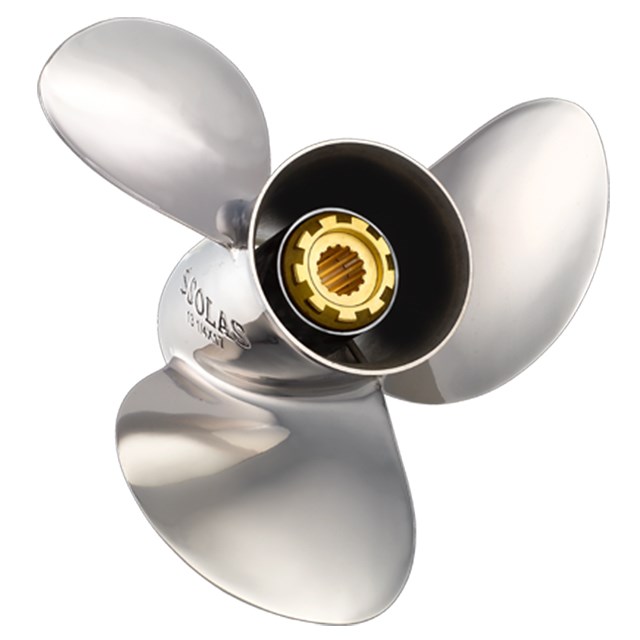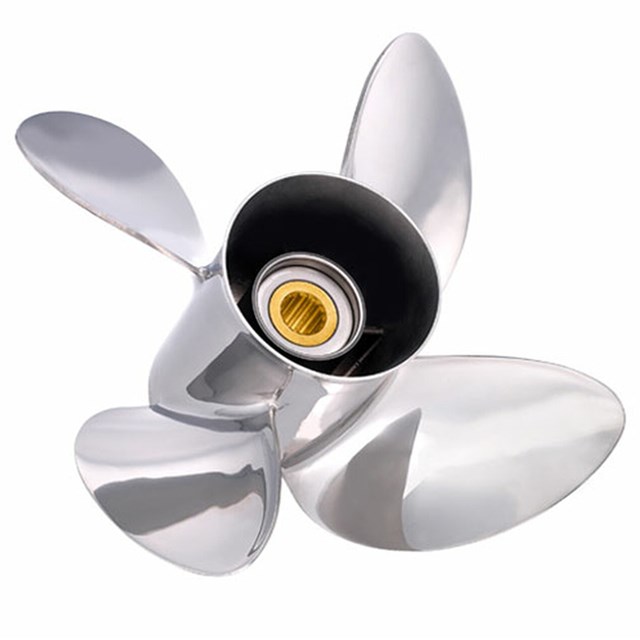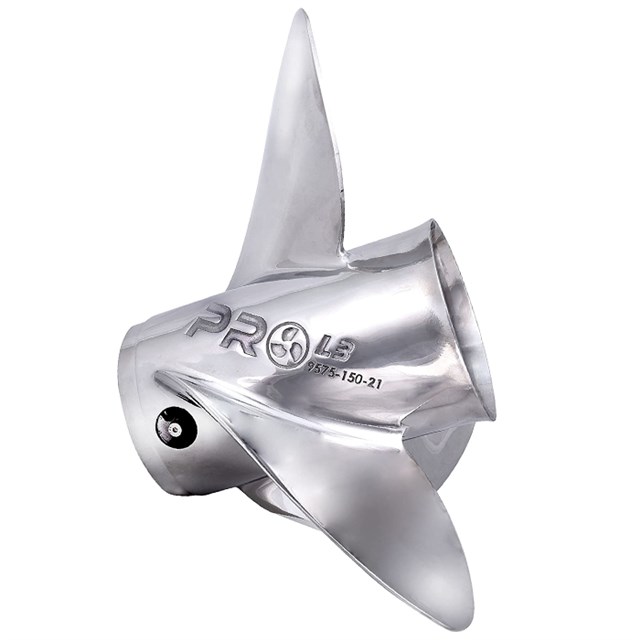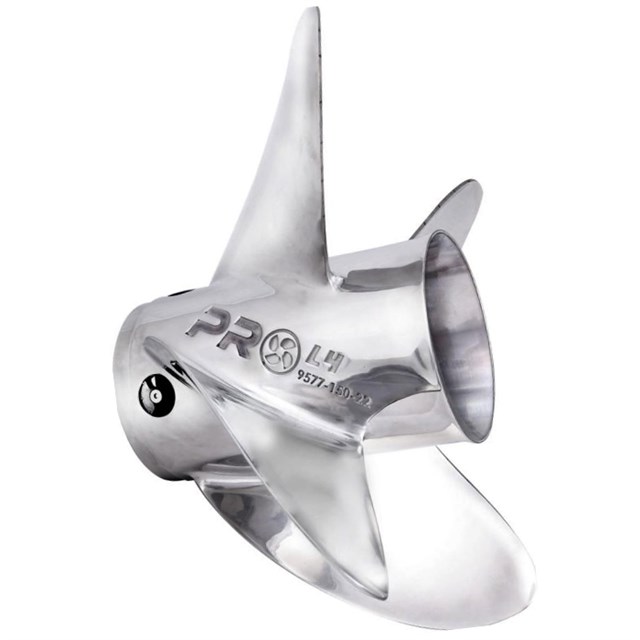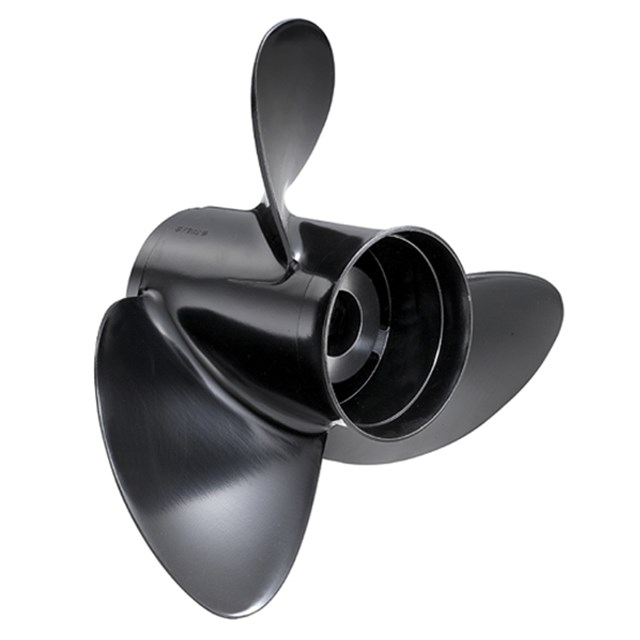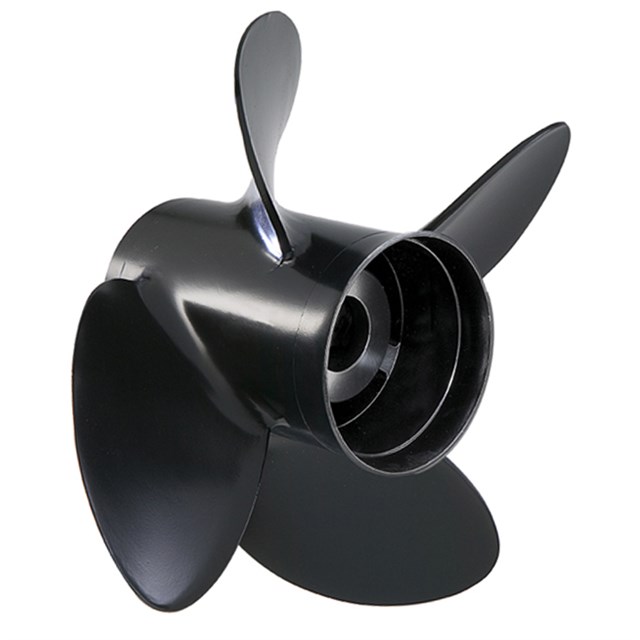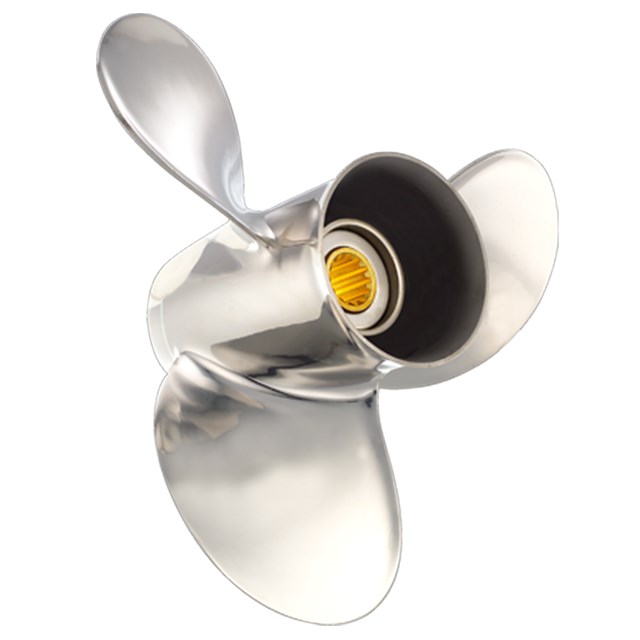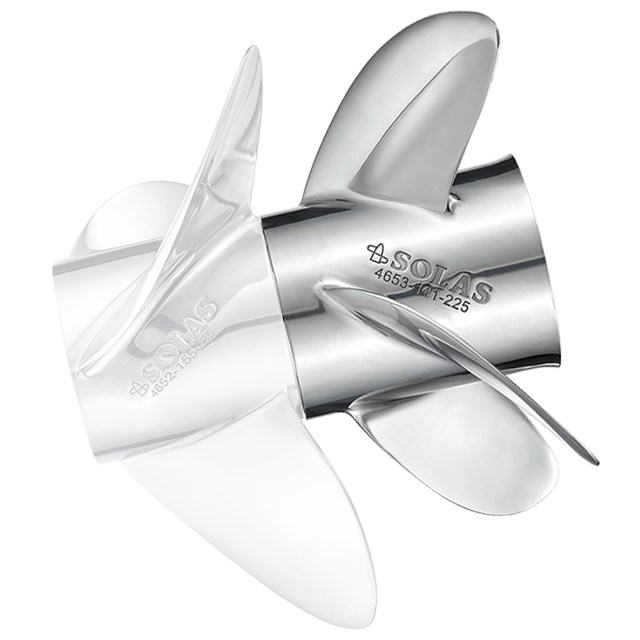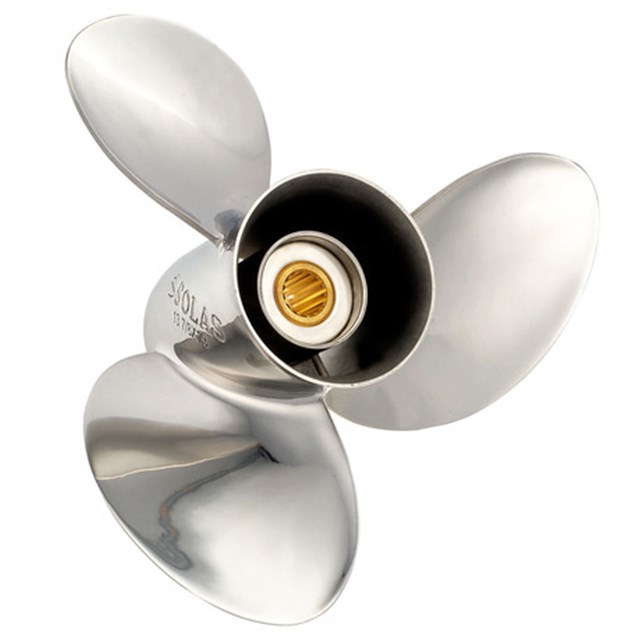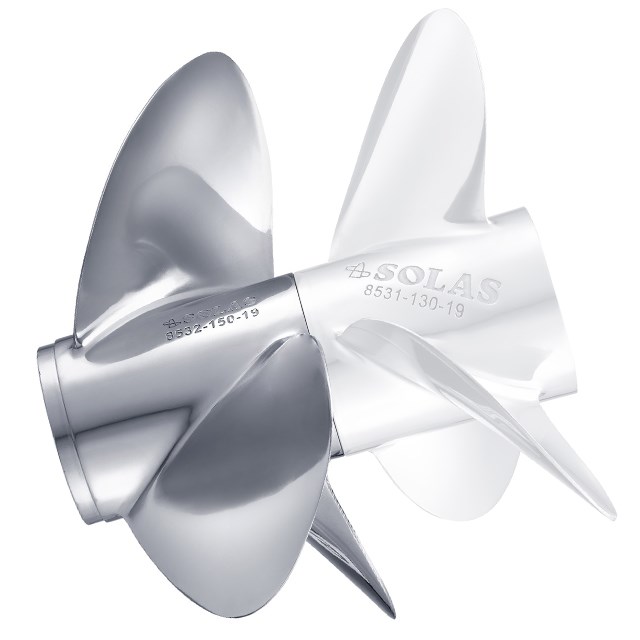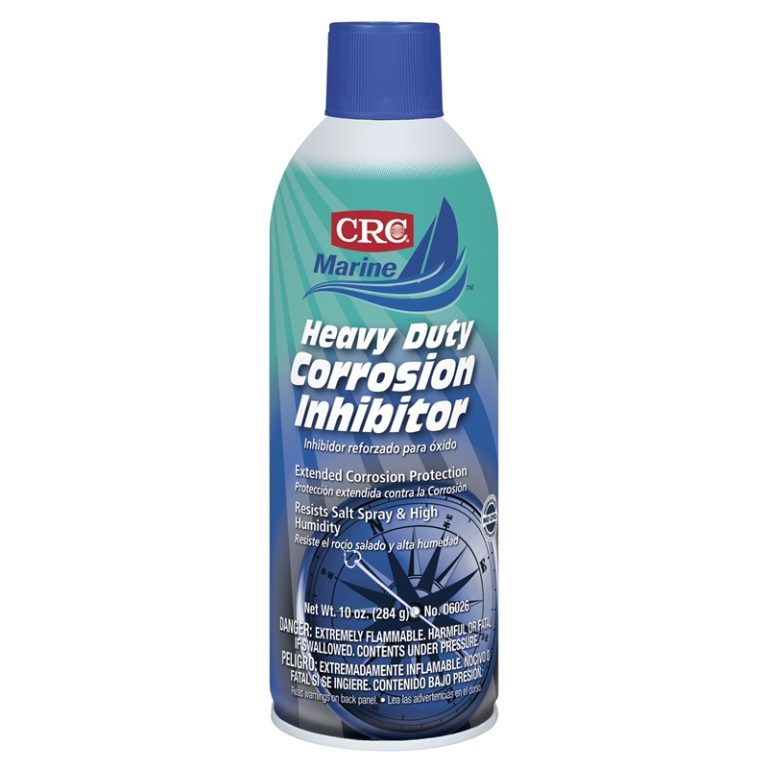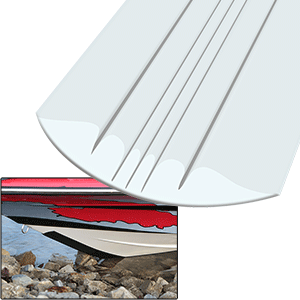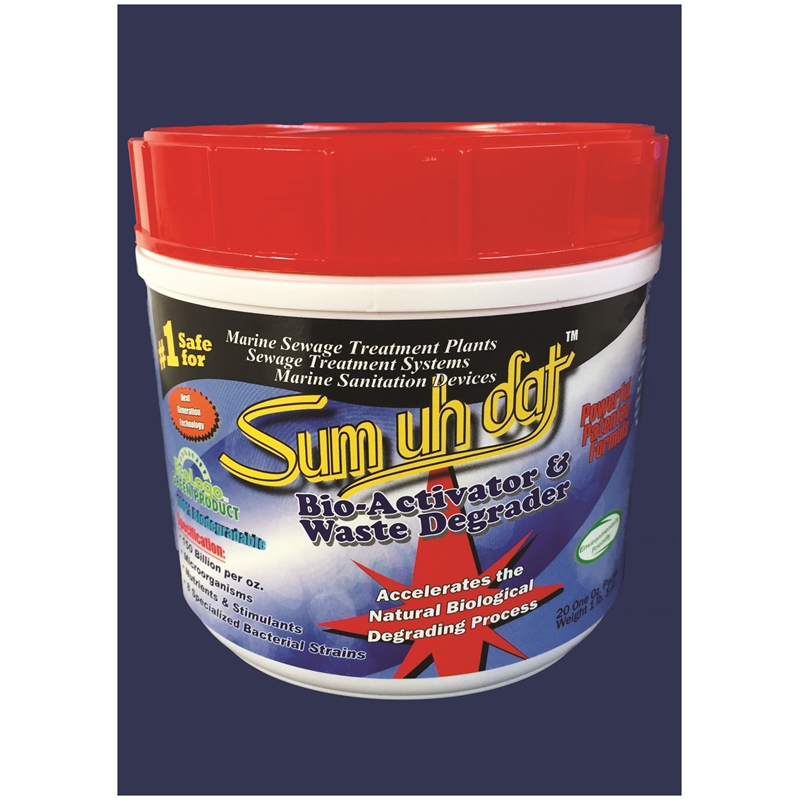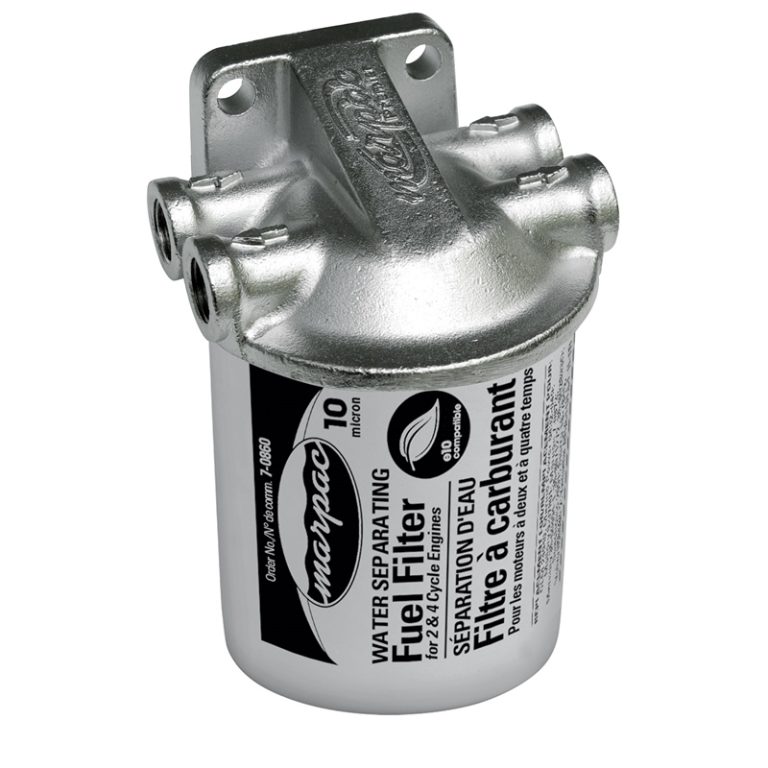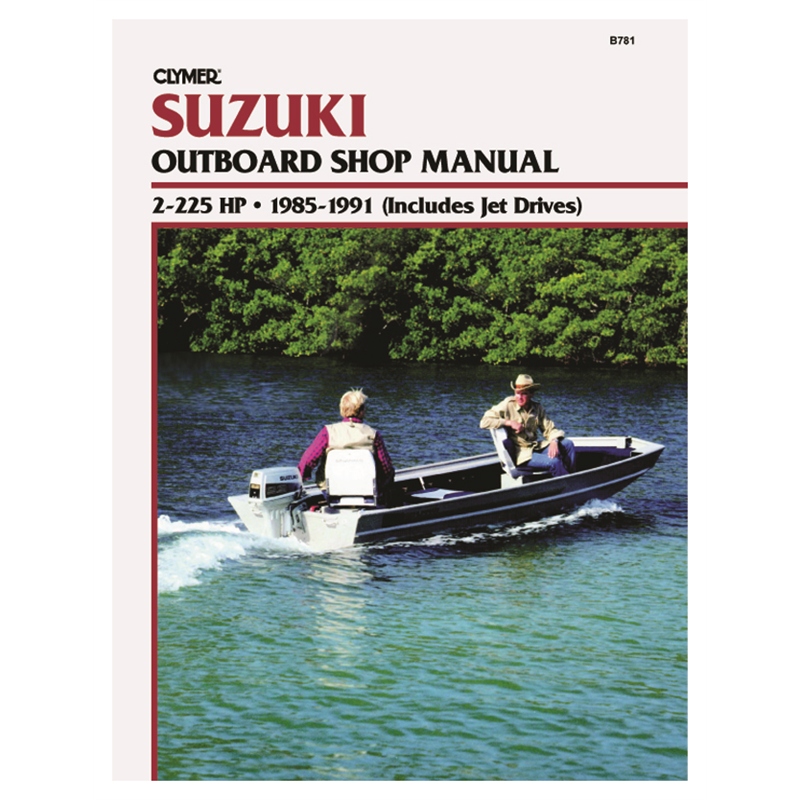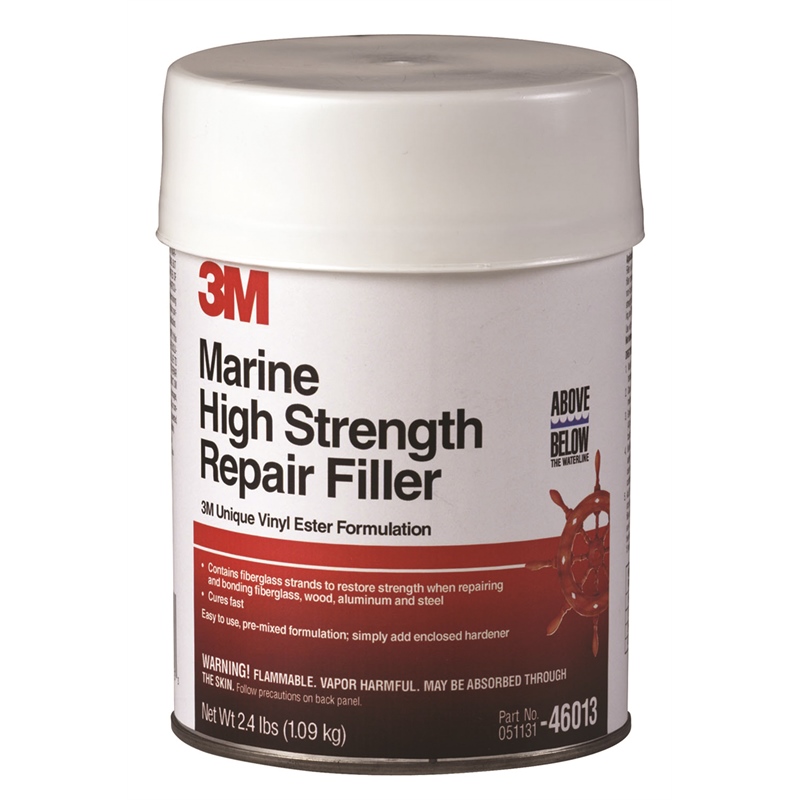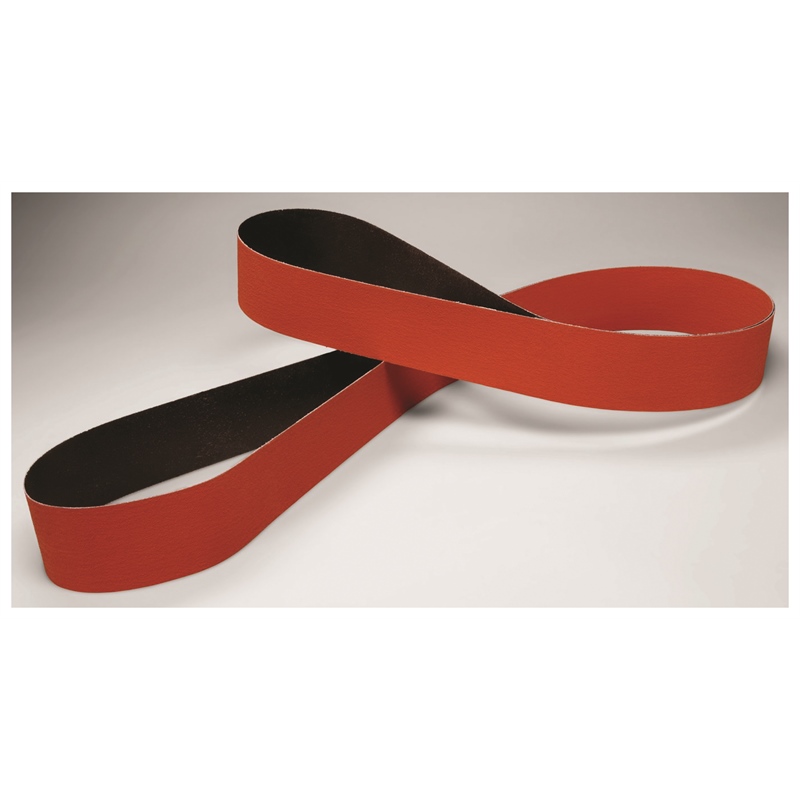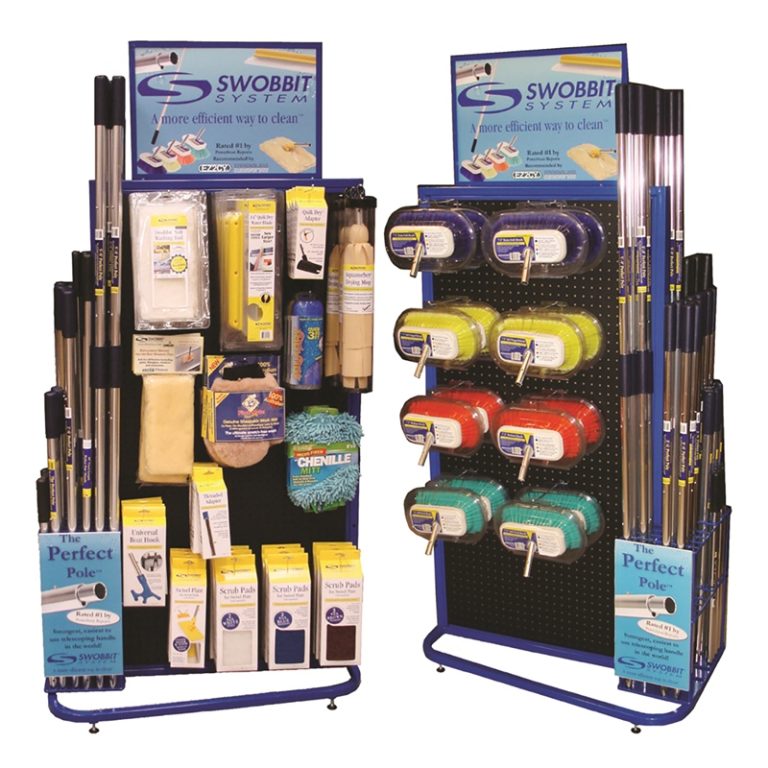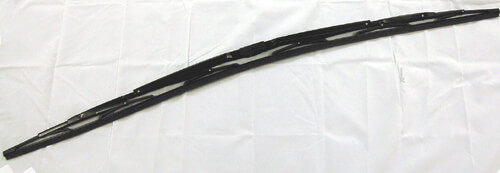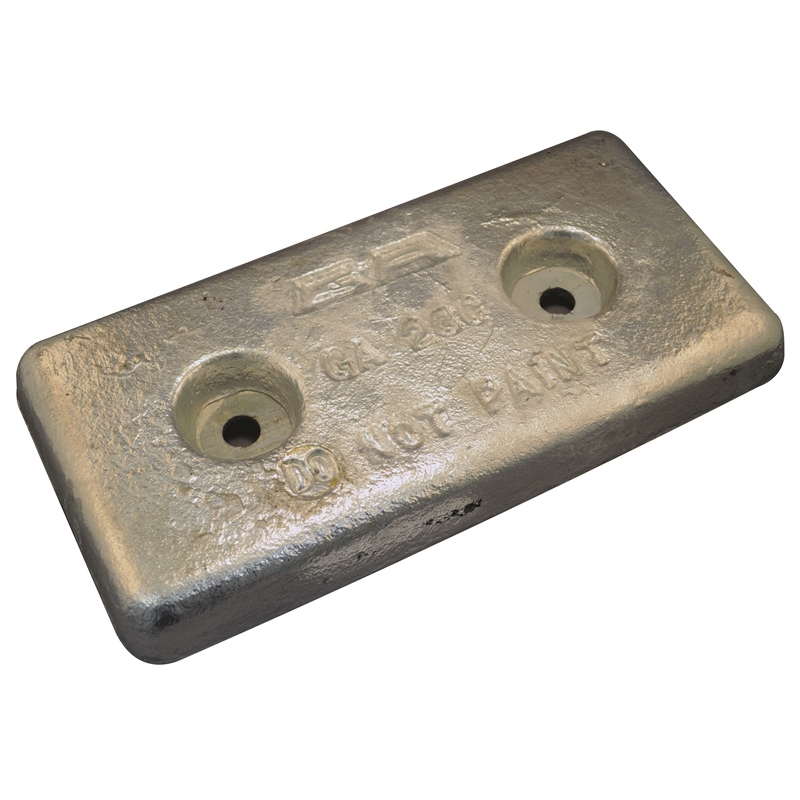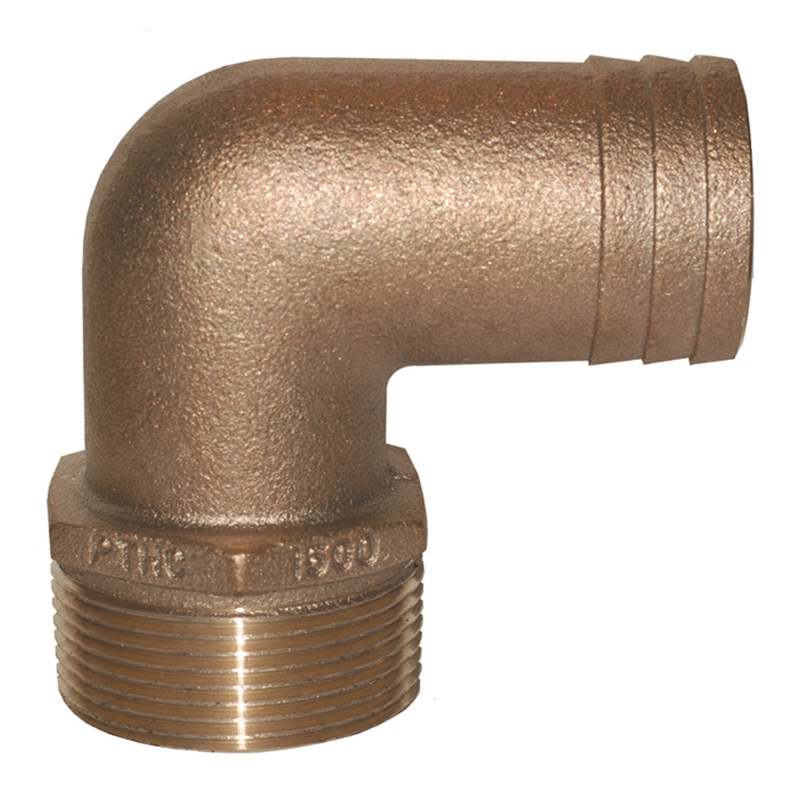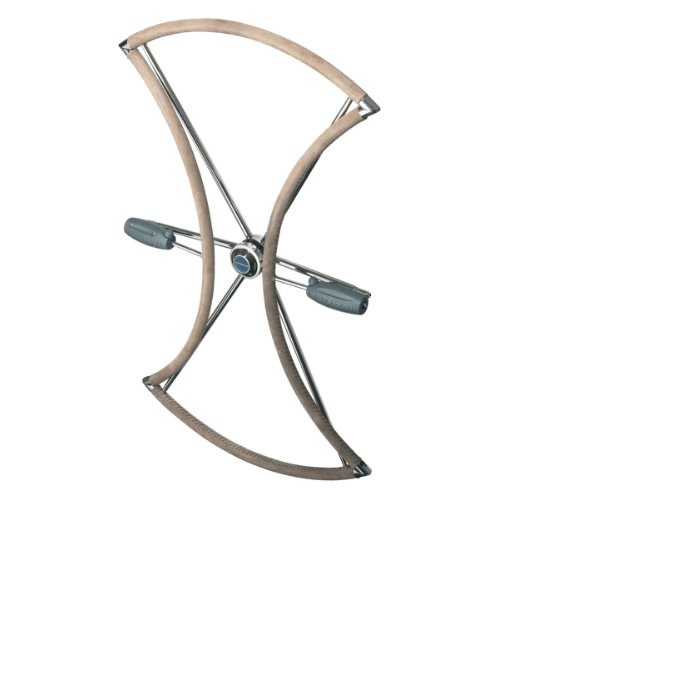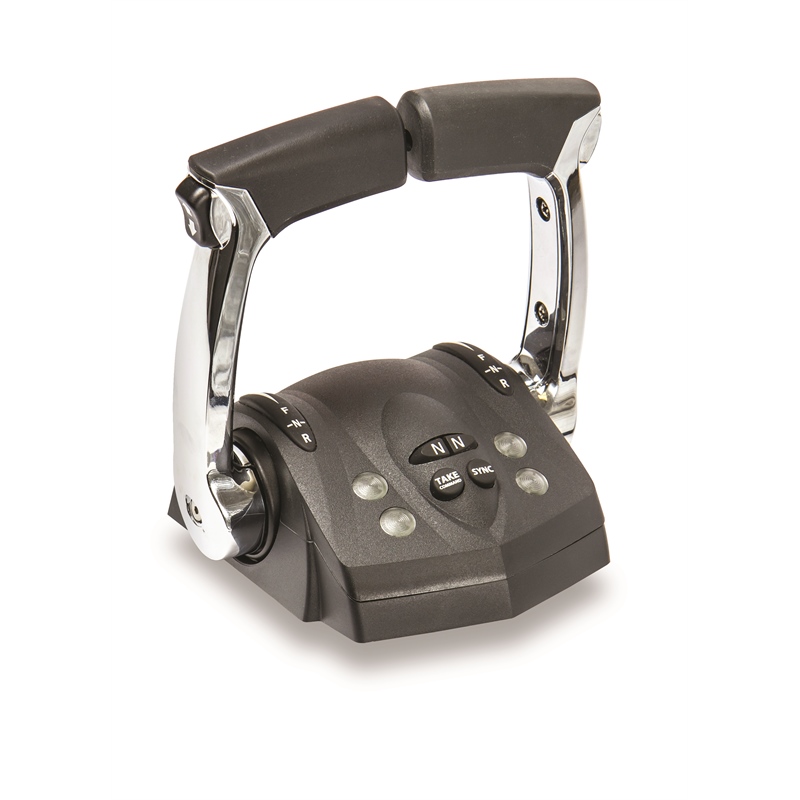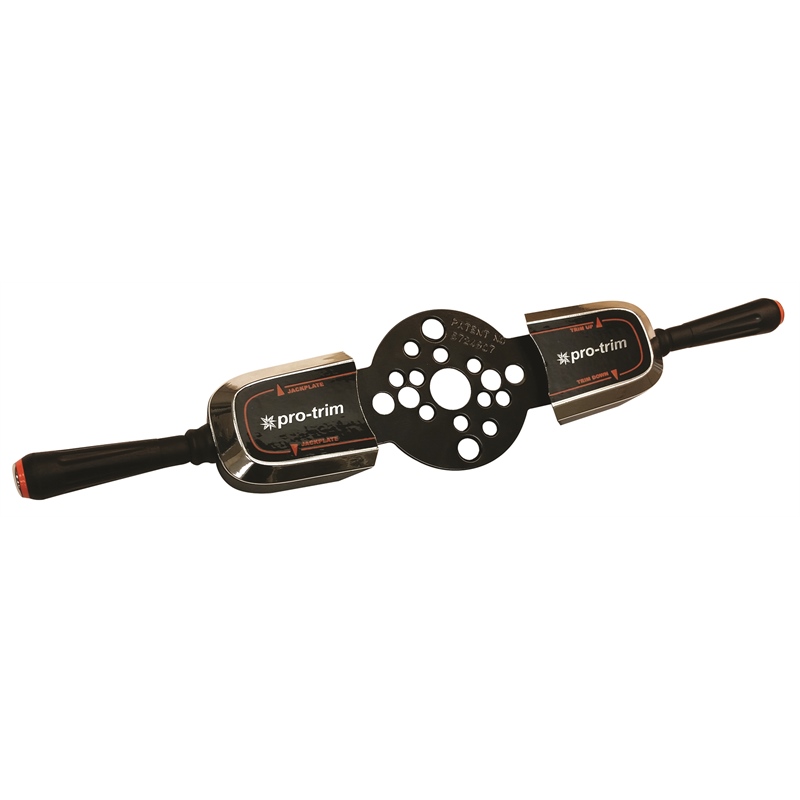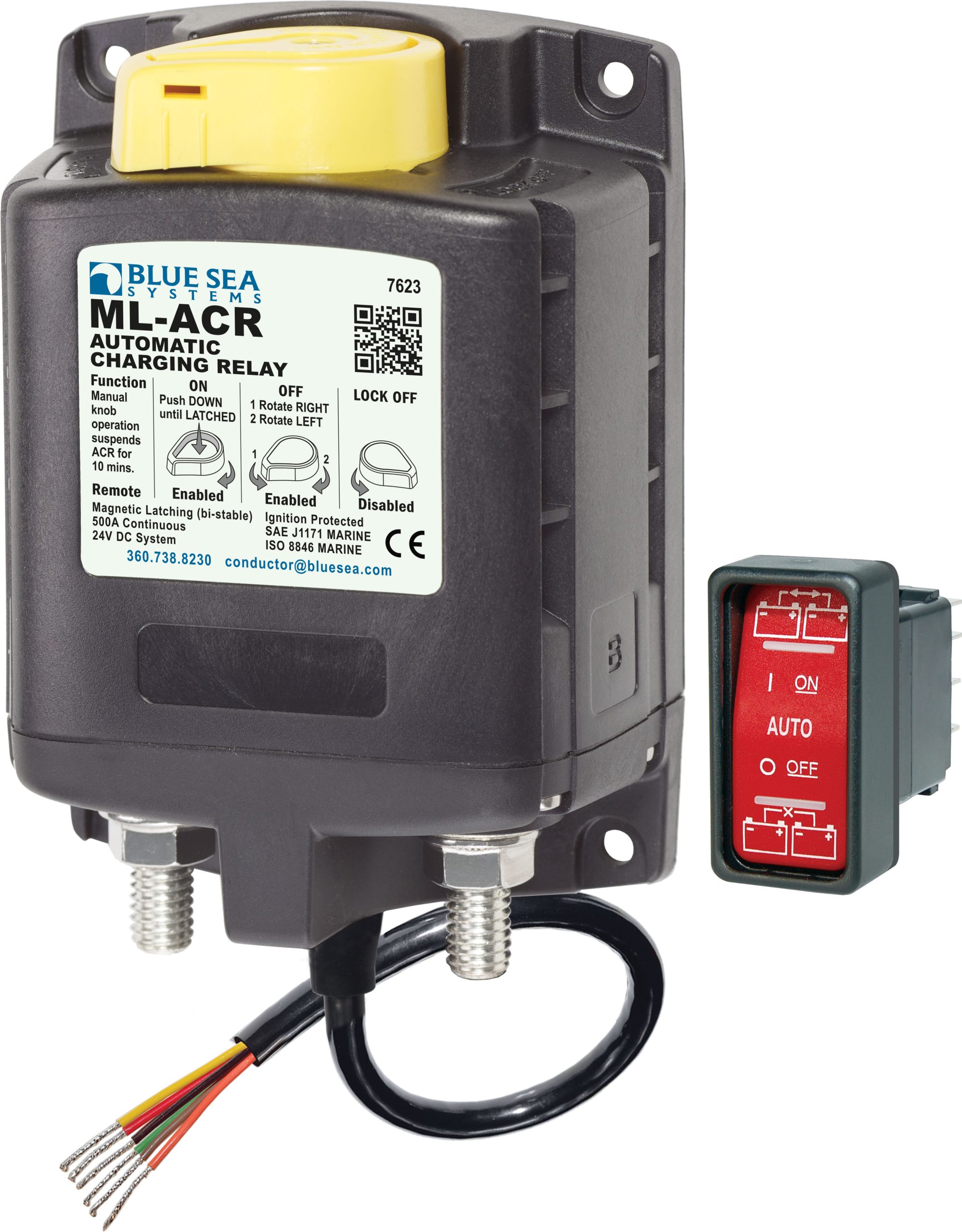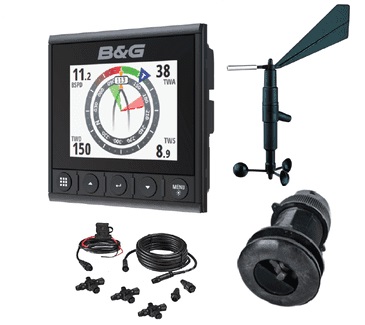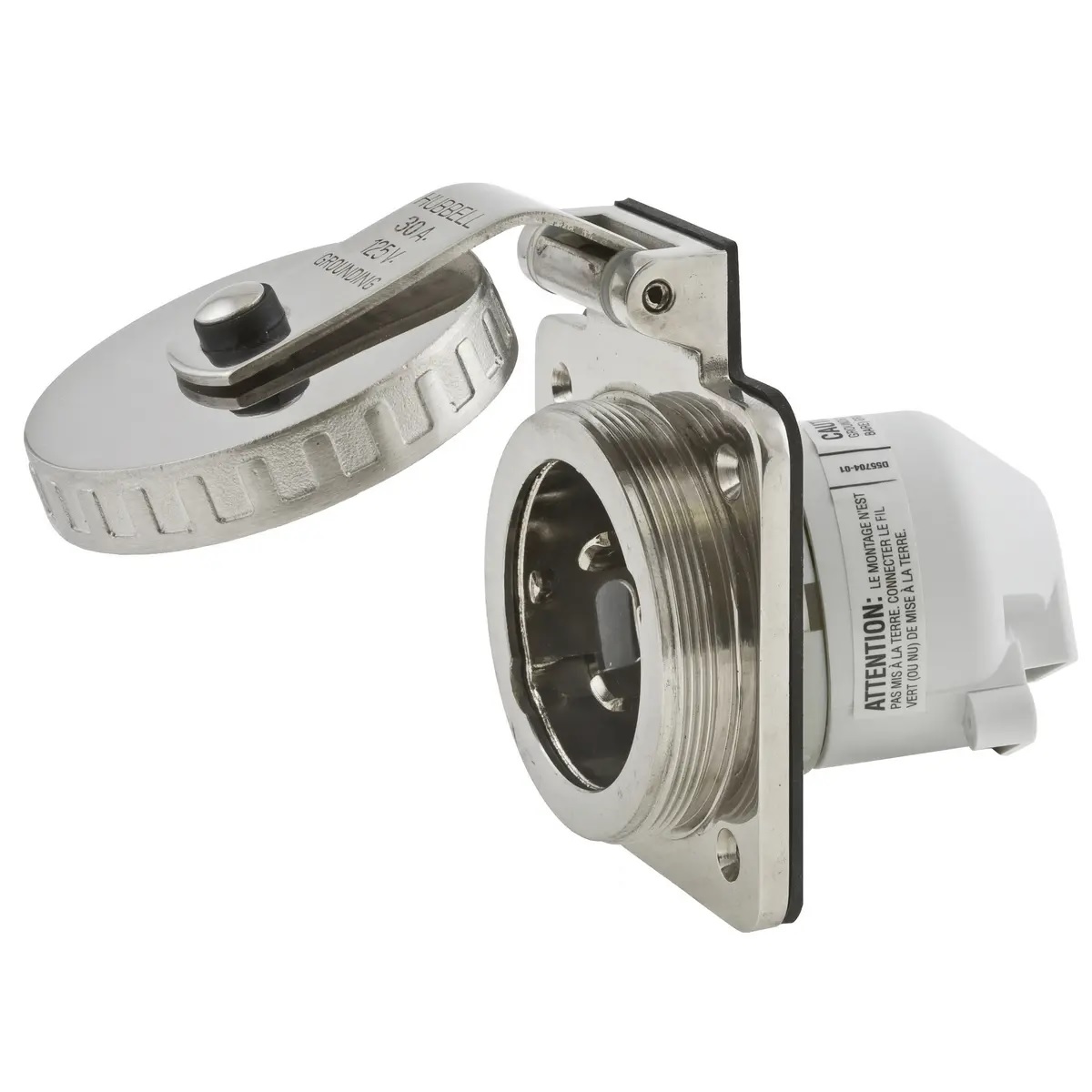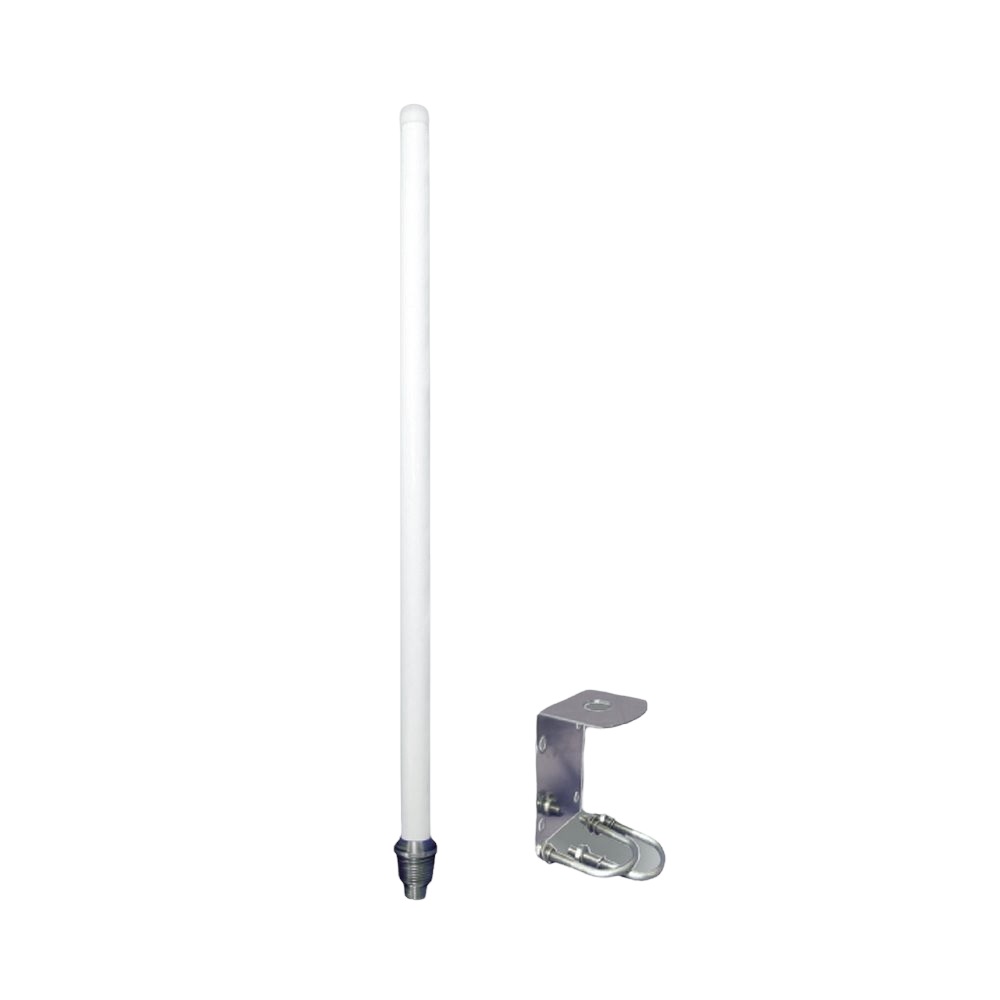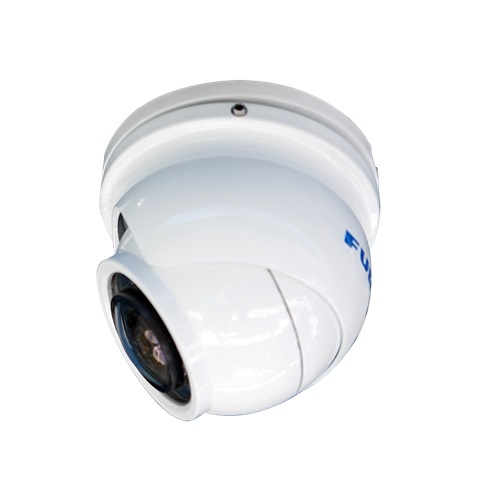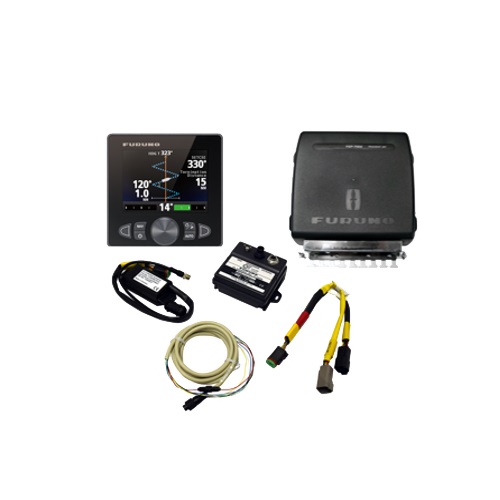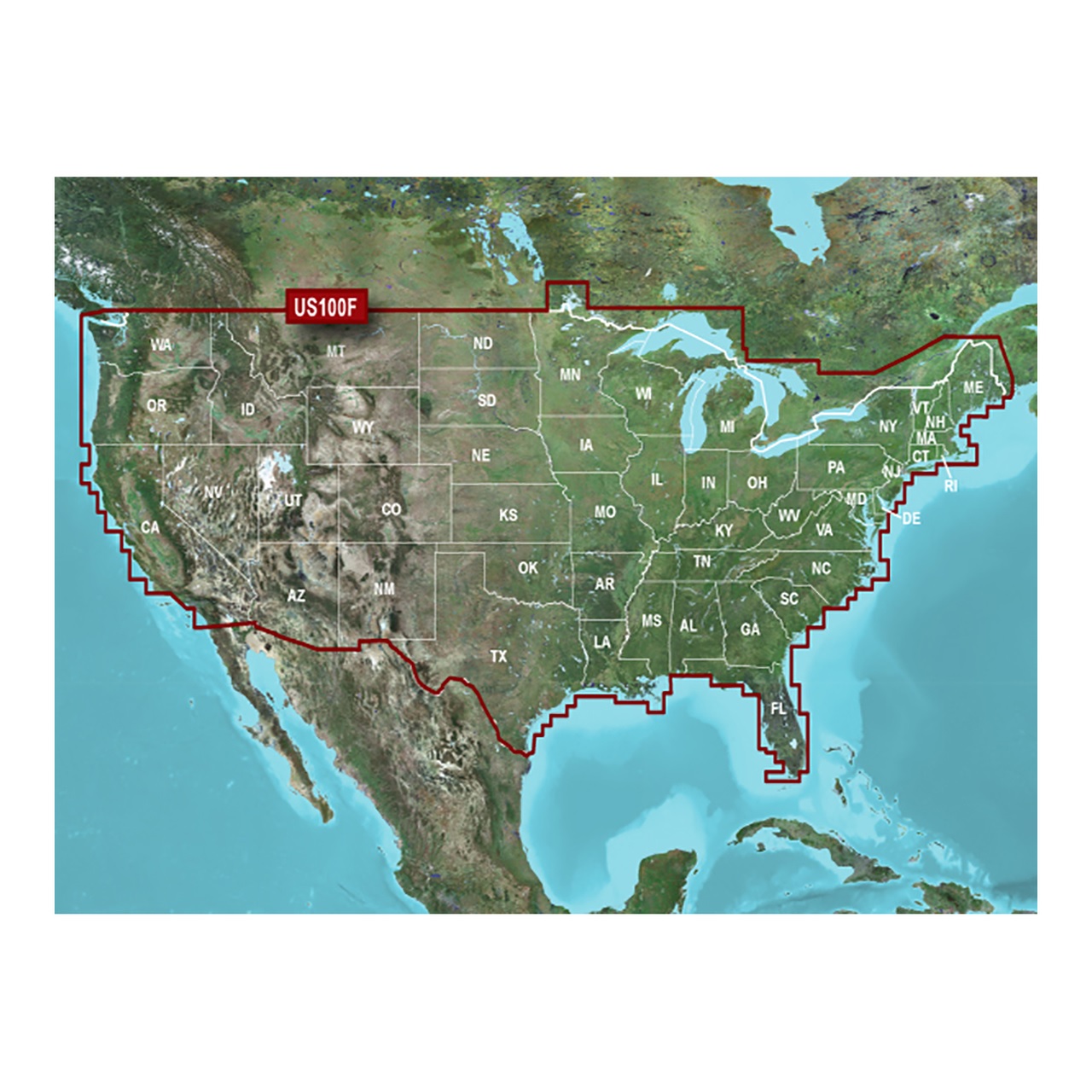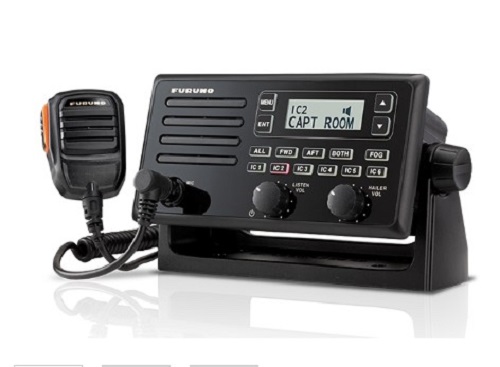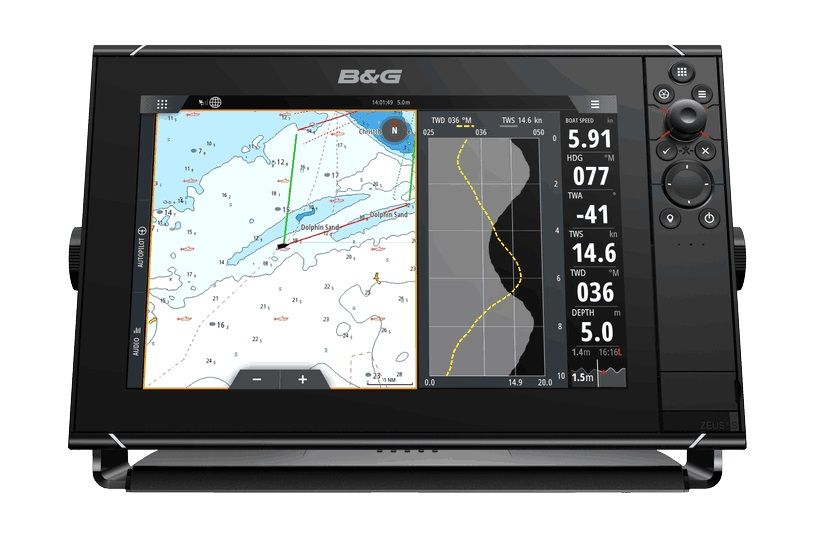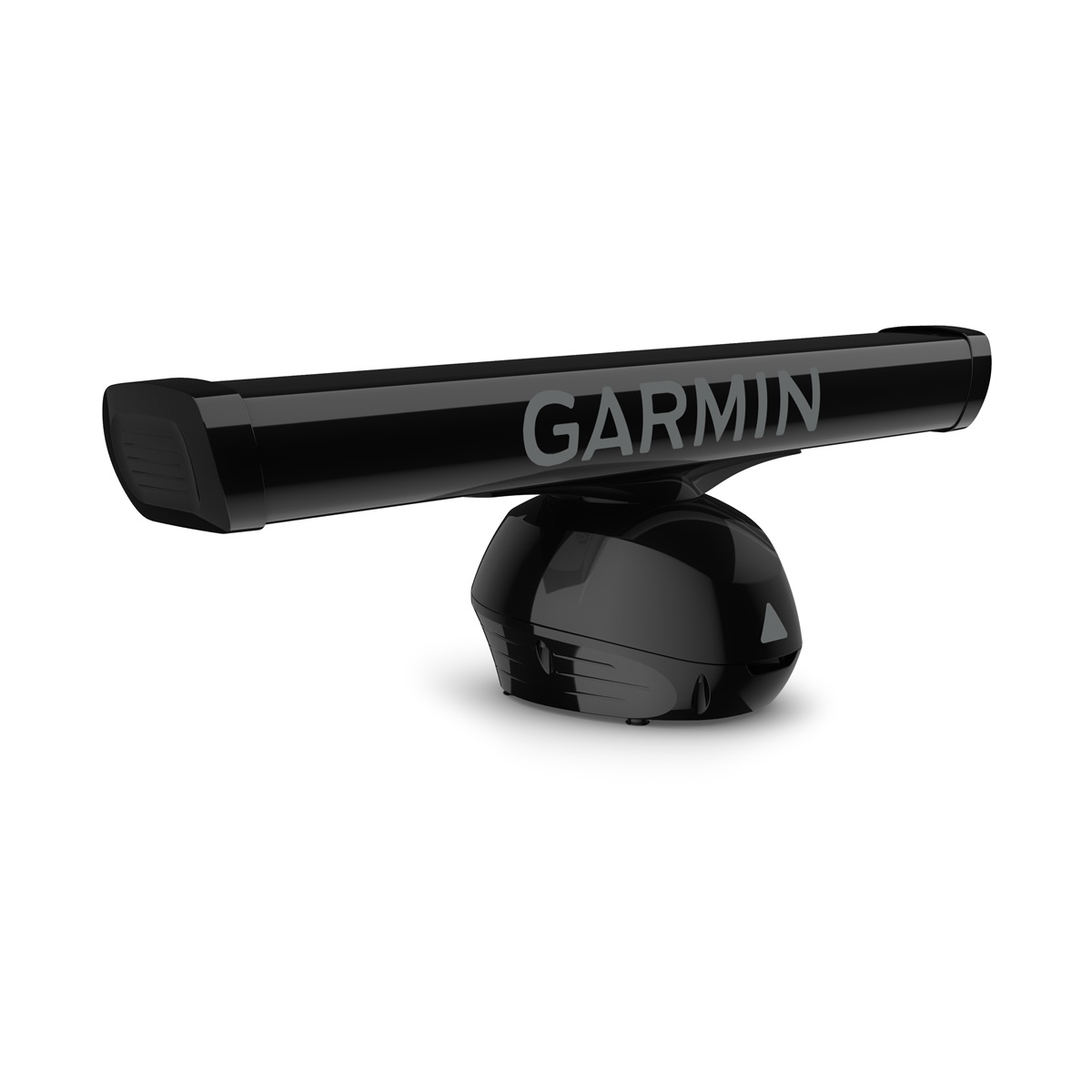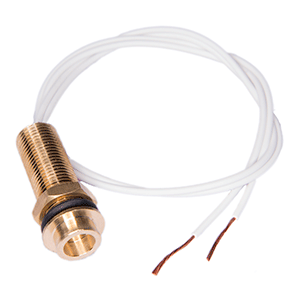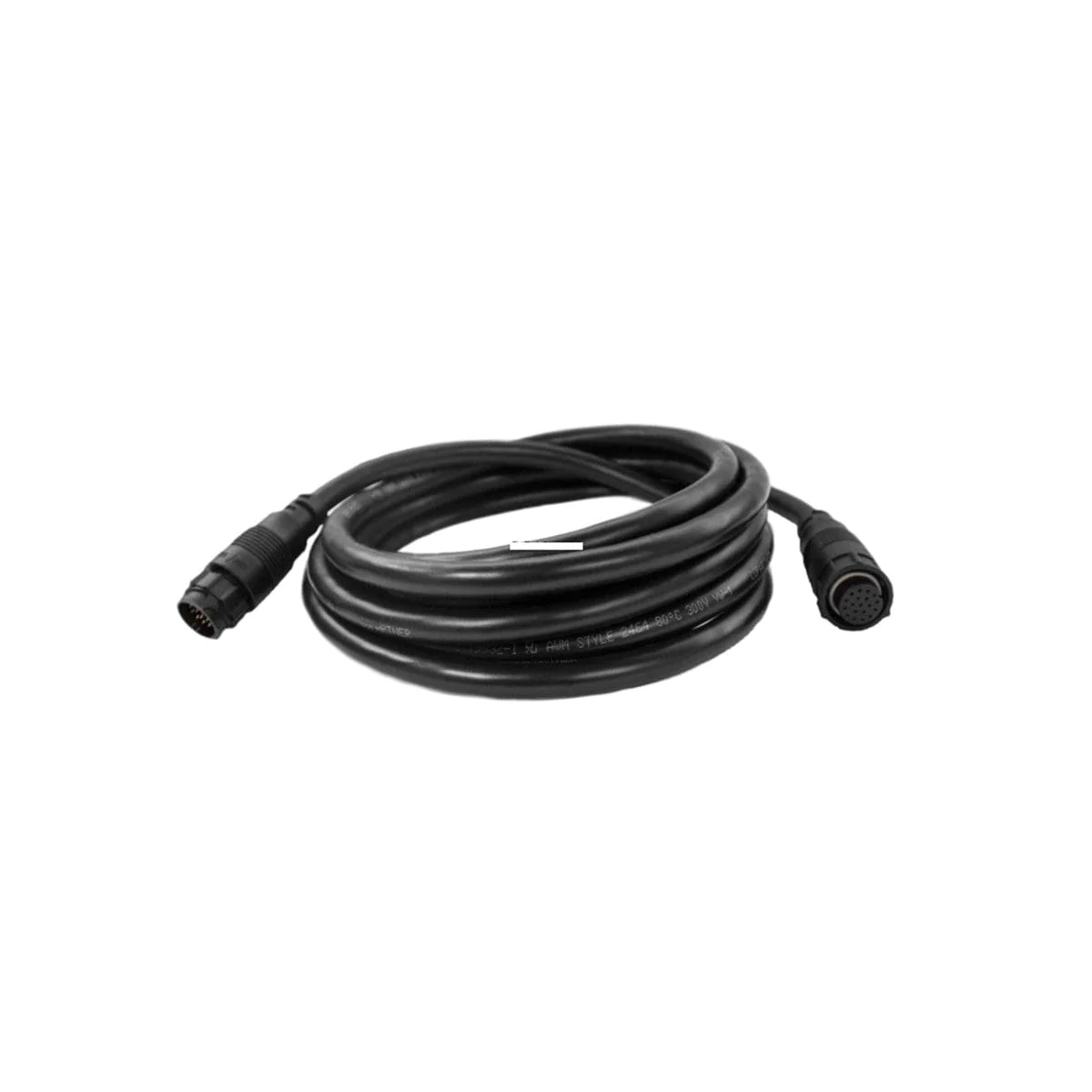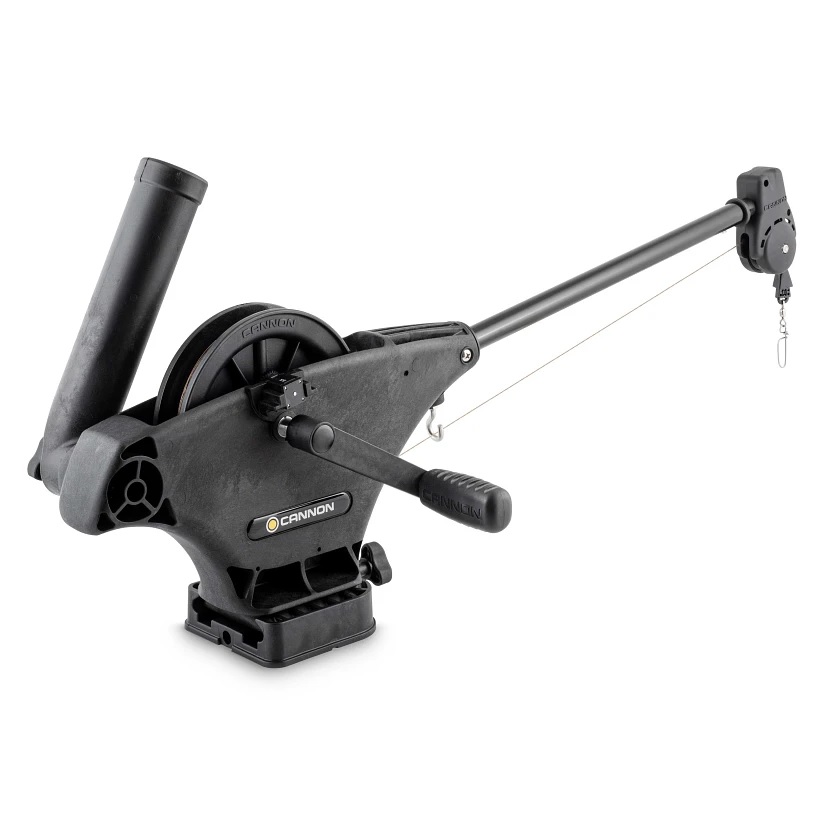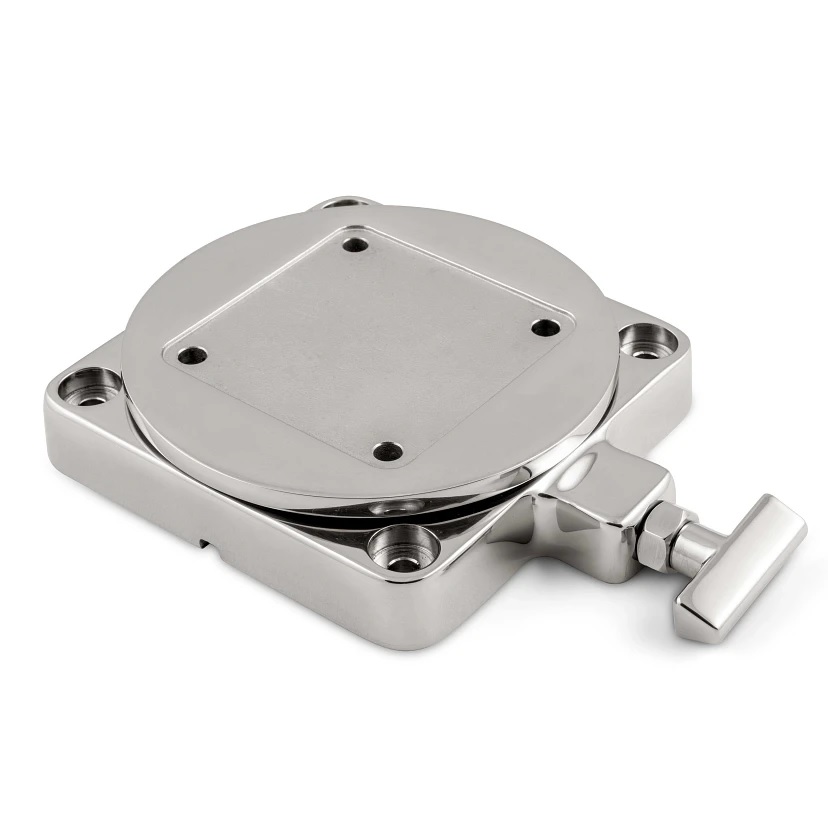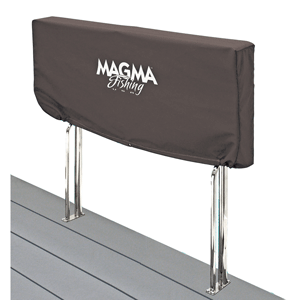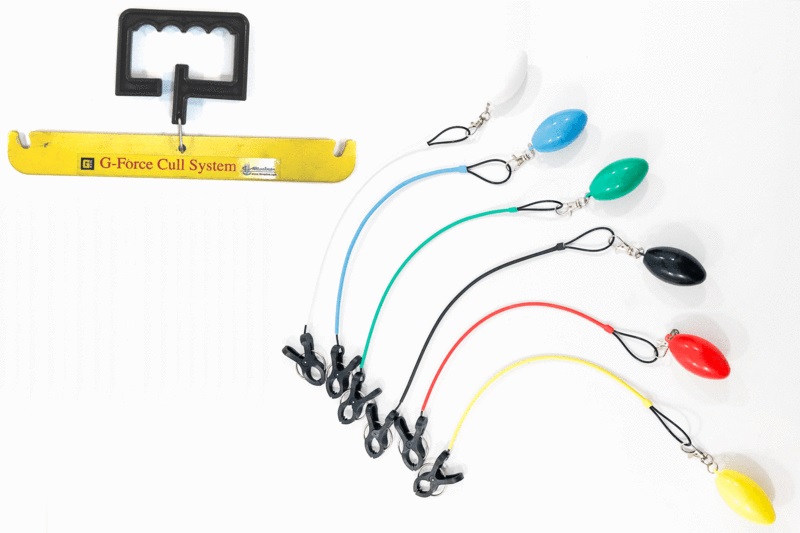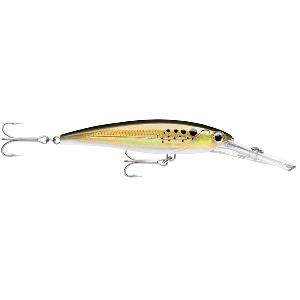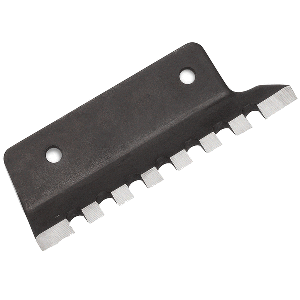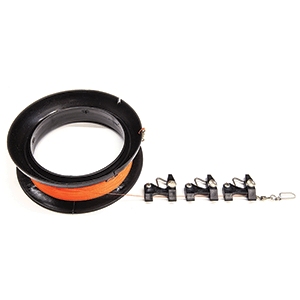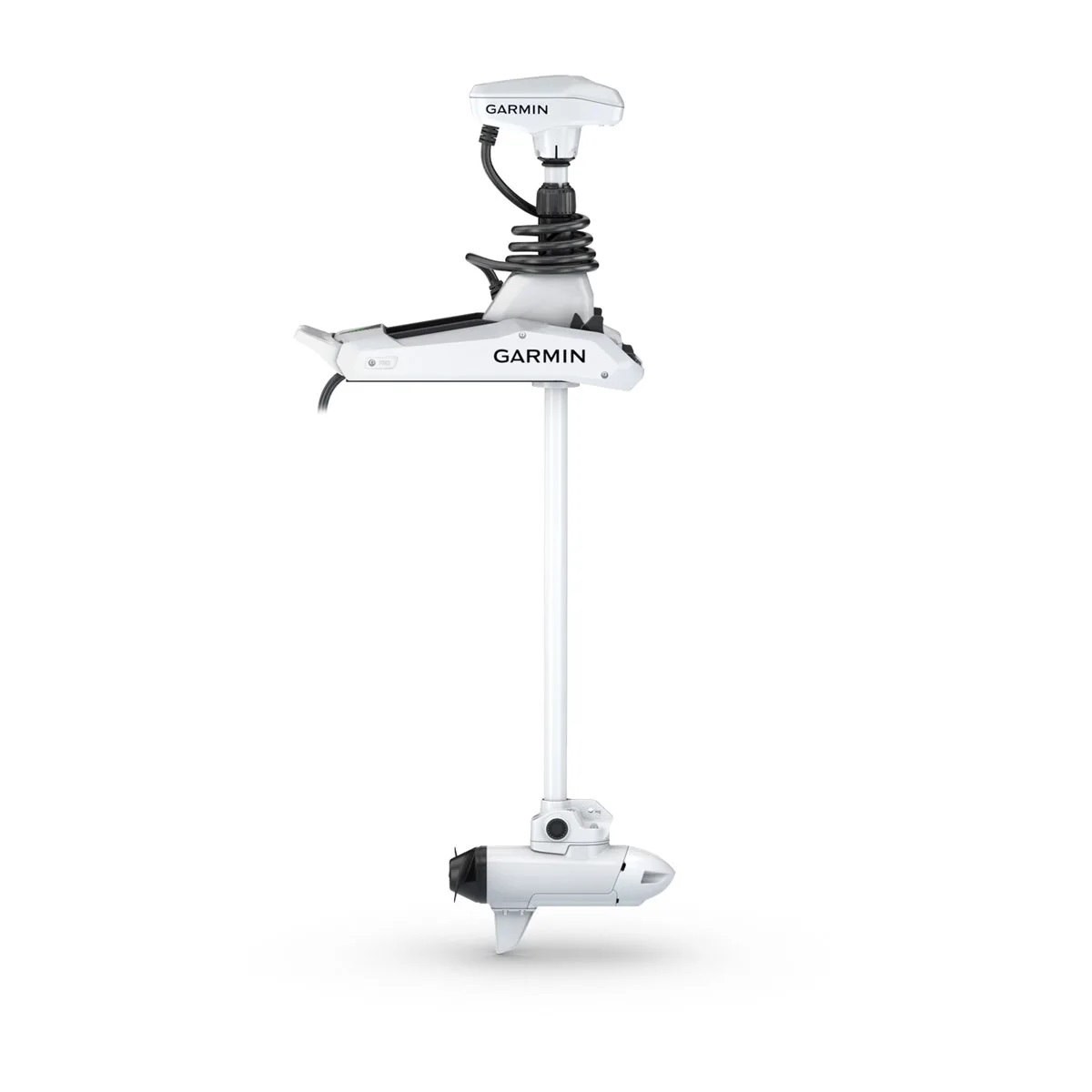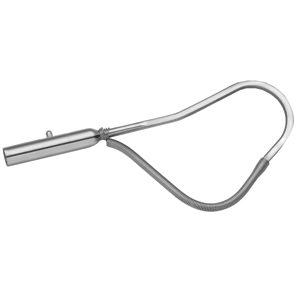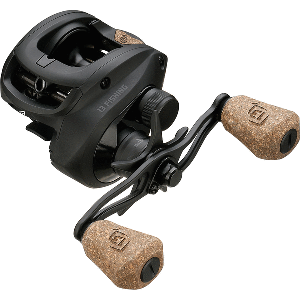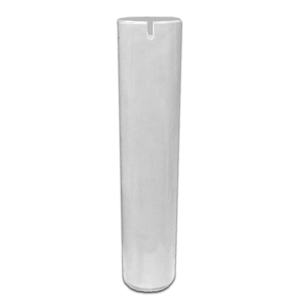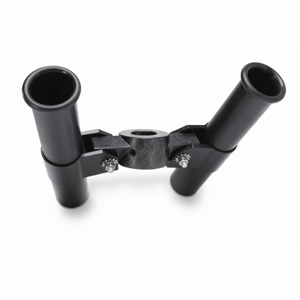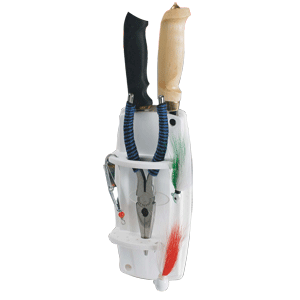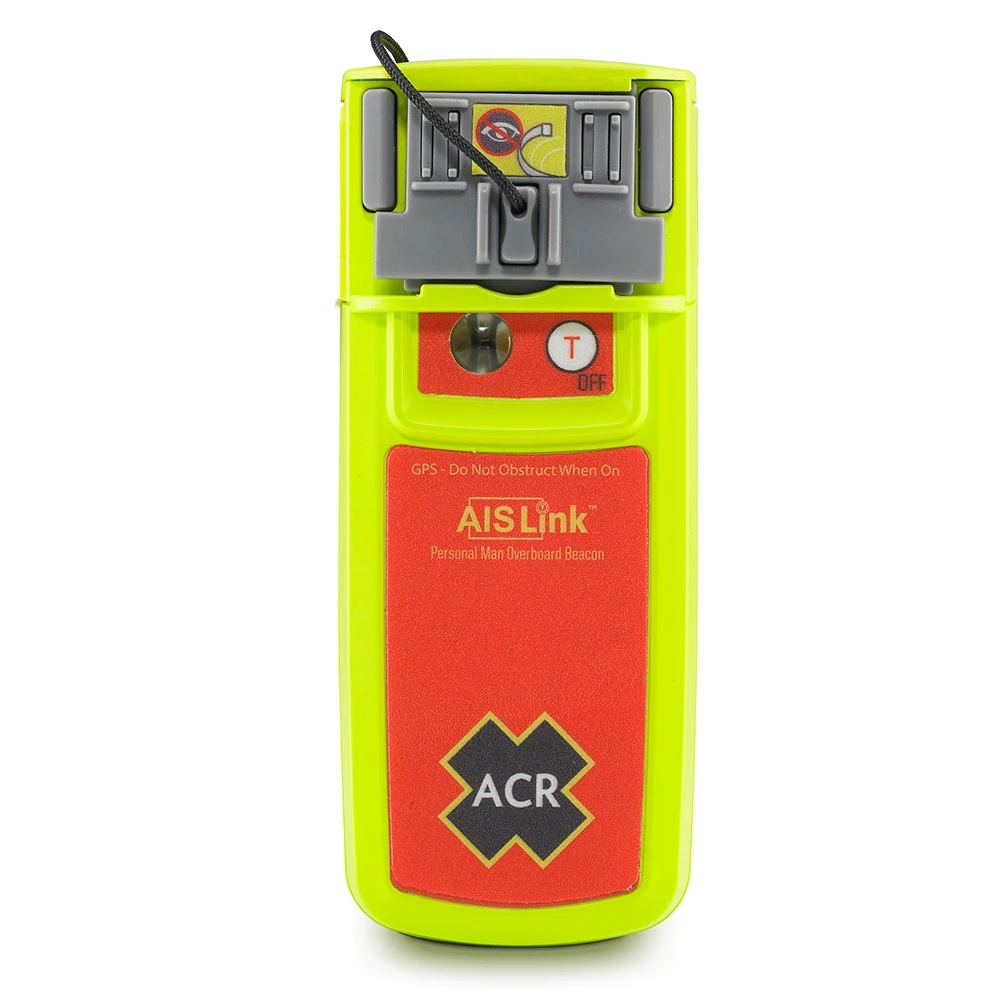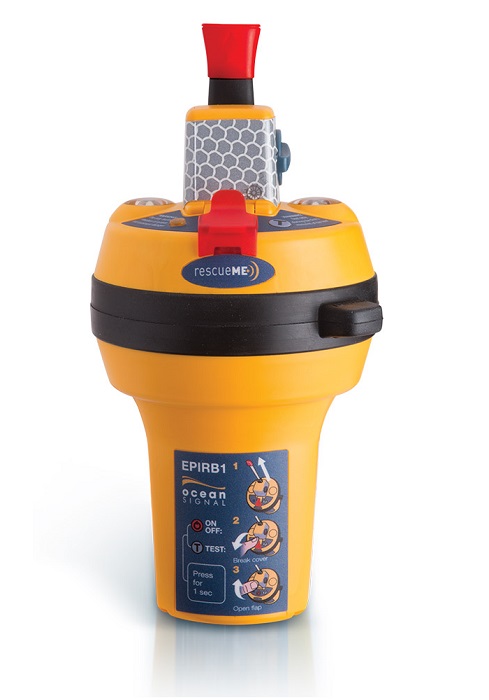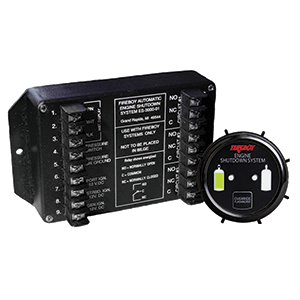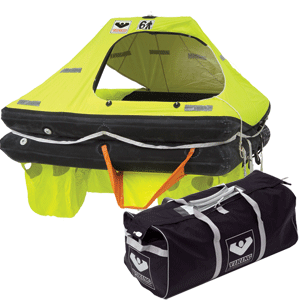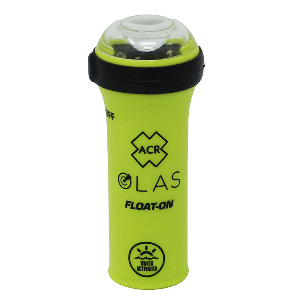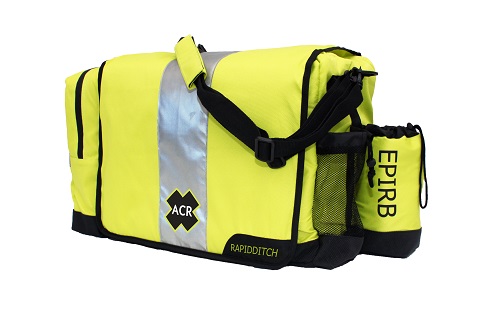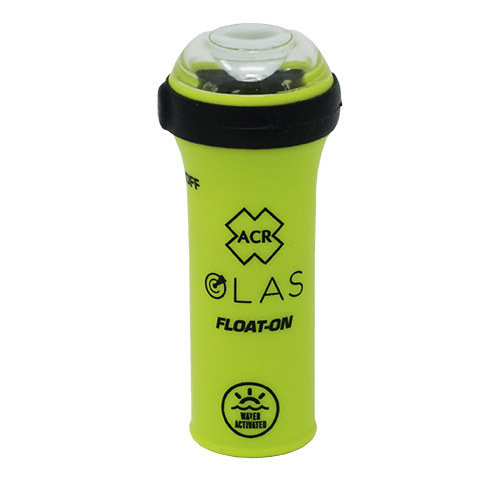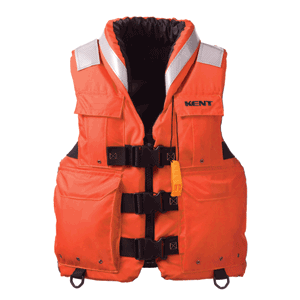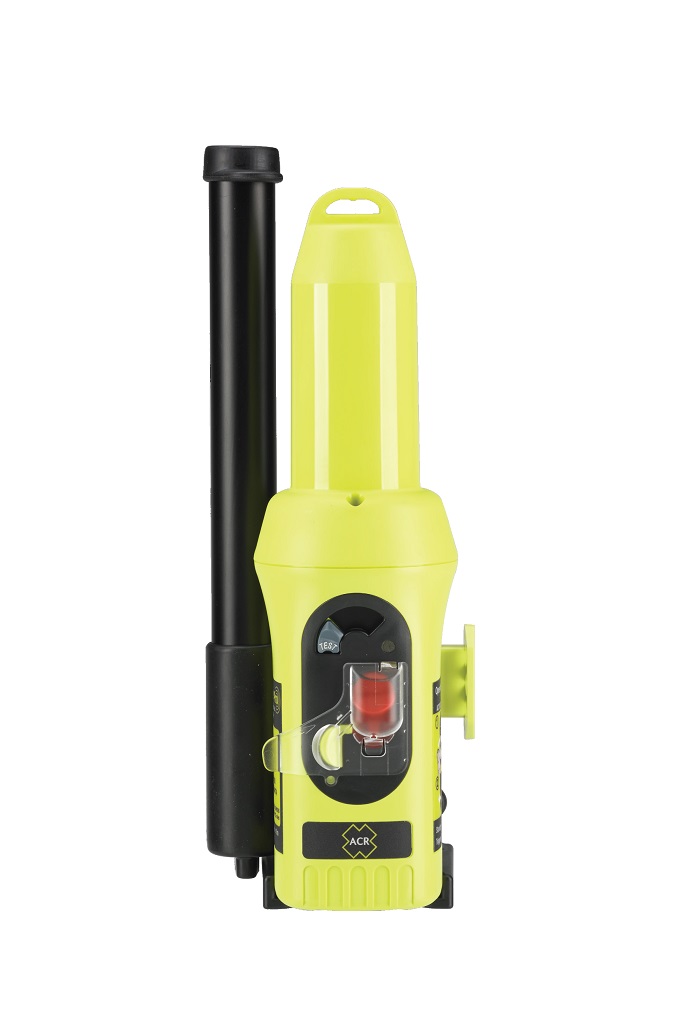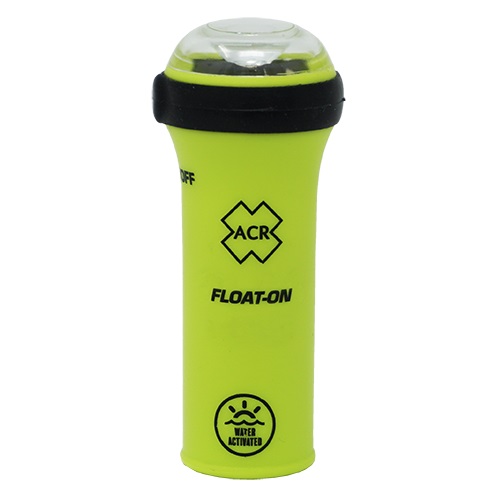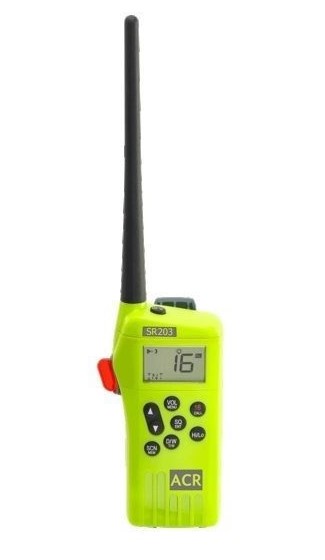Why Is My Yamaha Lower Unit Making a Grinding Noise?
Introduction
If you’re hearing a persistent grinding noise from your Yamaha lower unit, you’re not alone. Many boat owners ask, “Why is my Yamaha lower unit making a grinding noise?” This issue can be alarming, but understanding the root causes and knowing how to diagnose and address them can save you from costly repairs. In this comprehensive guide, we cover everything from Yamaha lower unit troubleshooting to Yamaha lower unit maintenance tips, ensuring you can address the problem confidently and effectively.
Overview / What Is Yamaha Lower Unit Making A Grinding Noise
The Yamaha lower unit, also known as the gearcase, is the part of the outboard motor that transfers power to the propeller. When grinding noises occur, it usually indicates an internal issue. The grinding could result from damaged gears, worn bearings, malfunctioning clutch dog, or contaminated gear oil.
Understanding how the lower unit works helps identify the problem. It includes the driveshaft, forward and reverse gears, bearings, seals, and water pump. Any issue in these components can cause grinding, affecting boat performance and safety.
Common Causes of Grinding Noises
To answer “why is my Yamaha lower unit making a grinding noise,” we need to analyze common causes:
- Damaged Gears: Chips or cracks on gear teeth.
- Worn Bearings: Bearings supporting shafts wear out over time.
- Faulty Clutch Dog: Engagement teeth stripped or misaligned.
- Contaminated Gear Oil: Water, metal shavings, or debris cause grinding.
Each cause produces distinct characteristics: gear damage leads to grinding under load, while contaminated oil can make grinding consistent at idle.
Gear Damage and Failure
Gears transmit rotational power. If a gear tooth chips off or cracks, it creates metal-on-metal contact during operation. You’ll hear grinding when shifting or under throttle. Ignoring it can lead to gearcase destruction.
Inspection requires draining gear oil. Look for metallic particles or tooth damage. If detected, replacing the gear or full lower unit rebuild is necessary.
Worn or Damaged Bearings
Bearings ensure smooth rotation of shafts inside the lower unit. Over time, they wear out or overload under stress, leading to grinding or whining noises.
You might feel vibration along with noise. Replacing bearings is a precise task involving press-in replacements. Unpressurized work increases wear, requiring professional service.
Clutch Dog Issues
Yamaha lower units use clutch dogs to engage forward and reverse gears. If worn or misaligned, dogs slip, and grinding occurs during shifting.
Symptoms include difficulty shifting or gears grinding only while shifting. Solution: inspect and replace clutch dog sets and ensure correct alignment during reassembly.
Contaminated Gear Oil
Milky or frothy gear oil indicates water intrusion. This degrades lubrication, causing grinding from gears and bearings. Water may enter through failing seals or submersion in deep water.
Changing oil regularly (every 100 hours) and checking for discoloration is crucial. Gear oil should be clear with coppery sheen, not milky or dark.
Debris in Gearcase
Debris or small stones can enter gearcase through damaged seals. This contaminant mingles with oil, causing noise, wear, and decreased performance.
If you recently hit an object or boat in shallow waters, inspect the gearcase for debris. Use lint-free cloth and magnets when cleaning previous oil—small metal shavings reveal internal wear.
Maintenance Tips
Proper Yamaha lower unit maintenance tips can prevent grinding:
- Regular Oil Change: Every 100 hours or annually. Watch for milky contamination.
- Flush and Clean: After freshwater or saltwater boating, flush with clean water multiple minutes.
- Inspect Seals: Replace worn propeller shaft seal and water pump seals to prevent intrusion.
- Check Bearings: Listen for whining at idle—replacement may be needed soon.
Routine maintenance can prevent many issues leading to grinding noises.
Expert Advice and Pro Recommendations
We consulted Yamaha-certified technicians and experienced marine mechanics to address this issue:
- “Grinding is often misdiagnosed as prop strike, but seals failing is more common.” – Miguel Alvarez, Yamaha Technician
- “Freshwater users still need strict maintenance; debris can enter just as easily.” – Karen Brooks, Lake Michigan Boater
- “Use high-quality gear oil and change promptly—cheap oil worsens wear and noise.” – Jeff Carter, Marine Mechanic
Technicians stress early detection and regular servicing to prevent serious lower unit damage.
How to Troubleshoot Yamaha Lower Unit Grinding Noise
To troubleshoot why your Yamaha lower unit is making a grinding noise:
- Drain Gear Oil: Inspect for metal fragments, milky color, or debris.
- Inspect Gears & Bearings: Remove gearcase cover and inspect components.
- Check Clutch Dog: Shift in and out of gear manually and check engagement.
- Reassemble with New Seals/Oil: Replace damaged seals, install fresh quality gear oil.
Professional tools including bearing pullers and torque wrenches ensure proper reassembly.
Cost and Durability
The Yamaha lower unit making a grinding noise issue can range from minor to major costs:
- Seal replacement: $150–$300 including labor.
- Bearing replacement: $350–$800.
- Gear repair or rebuild: $1,000–$1,800 or full replacement.
OEM rebuild kits are more expensive than aftermarket units like SEI. But OEM provides better long-term durability and warranty.
Safety Considerations
Warning: Operating with a grinding lower unit could cause total failure while underway. You risk losing propulsion or damaging your vessel further. Pull the engine for inspection immediately.
Best Practices to Avoid Grinding Noise
Preventive maintenance is key:
- Check propeller alignment and shaft seals regularly.
- Avoid shallow-water debris; trim up prop when entering unknown depths.
- Use OEM parts or proven aftermarket brands for replacement.
- Test-shift in calm conditions to detect early noise.
Detailed FAQ Section
Why does my Yamaha lower unit grind only when shifting gears?
Grinding exclusively during shifting often points to worn clutch dogs. These are engagement tabs that slot into gear teeth to create forward or reverse motion. Over time, they can wear down or misalign, causing incomplete engagement and grinding noise. In freshwater or saltwater environments, debris or corroded components can exacerbate the problem. Proper troubleshooting includes draining gear oil, visually inspecting the clutch dog assembly, and testing gear operation by hand. Lubricating or replacing the worn dogs and adjusting alignment can resolve the issue without a full rebuild if caught early.
Can dirty gear oil cause my Yamaha lower unit to grind?
Absolutely. Dirty or milky gear oil is a common cause of grinding. Water infiltration, worn metal particles, or external debris can contaminate the oil, reducing lubrication and making gear and bearing surfaces grind under load. If you notice milky oil or metallic shavings, replace the gear oil immediately. Flushing the case and inspecting internal components helps avoid further wear. Using high-quality gear oil prevents rapid deterioration of internal parts and significantly reduces grinding noise incidents.
Is grinding noise a sign of failing bearings in Yamaha lower unit?
Yes. Bearings support the shafts and maintain smooth gear operation. When bearings begin to fail, you’ll hear grinding or whining, even at idle. Vibration often accompanies the noise. Persistent operation with worn bearings leads to misalignment of gears and further damage. Replacement involves removing the lower unit, press-fitting new bearings, and ensuring correct alignment and lubrication. It’s a precise job, best done with proper tools or by a Yamaha-certified technician to maintain gearcase integrity.
What should I do if my Yamaha lower unit grinds after hitting underwater debris?
Experiencing grinding after a prop strike likely means internal gear or bearing damage. Inspect gear oil for debris or metal fragments. If present, drain and clean the gearcase thoroughly, then disassemble for visual inspection of gears, bearings, and shaft seals. Replace any damaged components. You may also need to re-align the propeller shaft and ensure water pump functionality. Testing before launch is essential. If you’re unsure about the extent of damage, seeking professional marine service ensures safe and reliable operation.
How often should I service my Yamaha lower unit to avoid grinding noises?
Preventing grinding noise requires regular service. Change lower unit oil every 100 hours or at least once per boating season. Inspect seals before each use, and flush the unit thoroughly—especially after freshwater or saltwater boating. Schedule professional inspections every 300–400 hours to check bearings, gears, and water pump. This proactive approach helps catch wear signs early, such as noise or vibration, and keeps your Yamaha lower unit performing smoothly year after year.
Special Offer
WELCOME5 – Get 5% off storewide at allboatsupplies.com
And upto 10% additional off on all lower units
-
Yamaha Aftermarket Lower Unit Replaces 75-100HP (2 & 4 Stroke) – 2.0/2.3 Gear Ratios, 18 Spline, 20/25″ Shafts – SEI-90-404
-
Yamaha Aftermarket Lower Unit Replaces 115-130HP 4-Stroke – Fits 20/25″ Shafts – SEI-90-405
-
Yamaha 90° Aftermarket Lower Unit Replaces 150-200HP (2 & 4 Stroke) – Fits 20/25″ Shafts – SEI-90-416
-
Yamaha 150–200HP Lower Unit 4-Stroke – 20/25″ Shaft – F150/F175/F200 Series (2004–2024) – New/Remanufactured – YA-G4-06
Conclusion
When your Yamaha lower unit is making a grinding noise, addressing the issue early can save you from expensive repairs. From contaminated oil and worn bearings to gear damage and clutch dog failure, understanding the cause is key to effective troubleshooting. Implementing proper maintenance, staying alert for warning signs, and seeking expert help when needed will keep your lower unit running smoothly for years to come. Use this guide to protect your investment and enjoy trouble-free boating.
Read More
For more helpful marine maintenance guides, check out our article on Which Yamaha Lower Units Hold Up Best in Freshwater Lakes?.


